Recently, I took a trip to Istanbul and spent four days and three nights there. This was my second visit to Istanbul, but honestly, two trips aren’t enough; this city deserves to be visited four, five, six, or even seven times.
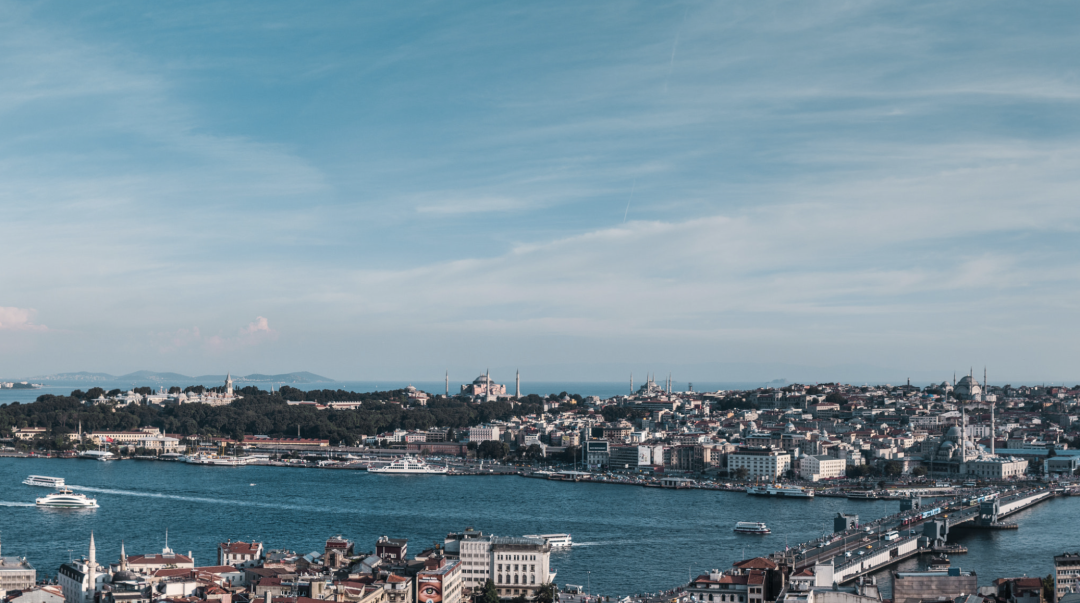
Istanbul straddles both Europe and Asia and extends its reach towards Africa, with the Bosphorus Strait flowing right through the city. There is so much history in Istanbul that is worth telling. A city with three names, shaped by three great civilizations: in ancient Greece, it was known as the beacon of civilization, Byzantium; during the Eastern Roman era, it became the pinnacle of faith, Constantinople; and under the Ottoman Empire, it was the holy city, Istanbul.
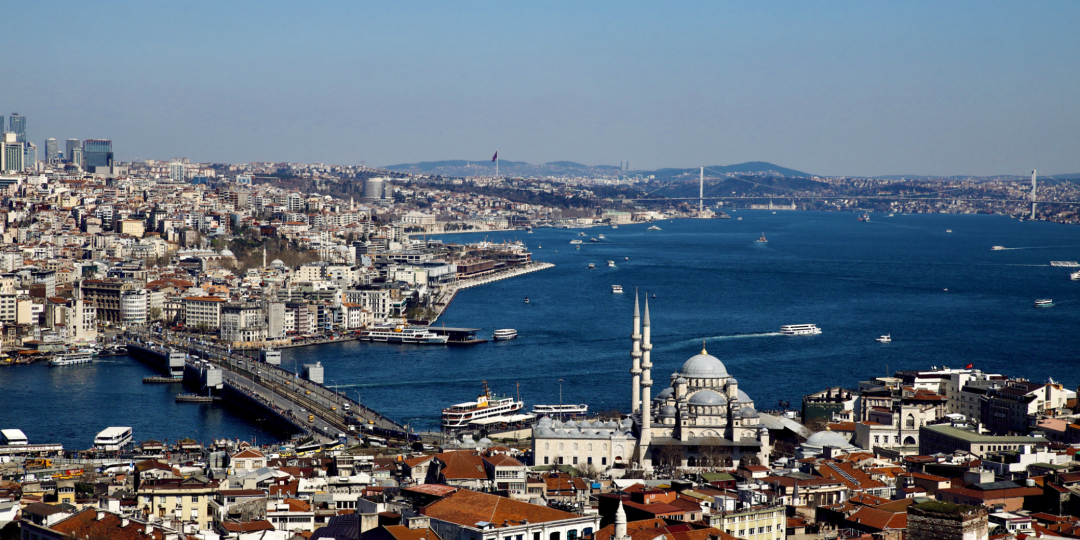
East and West converge here, where Islam and Christianity blend together. Istanbul seems to be the only city in the world that has continuously served as the capital of both a Muslim and a Christian empire.
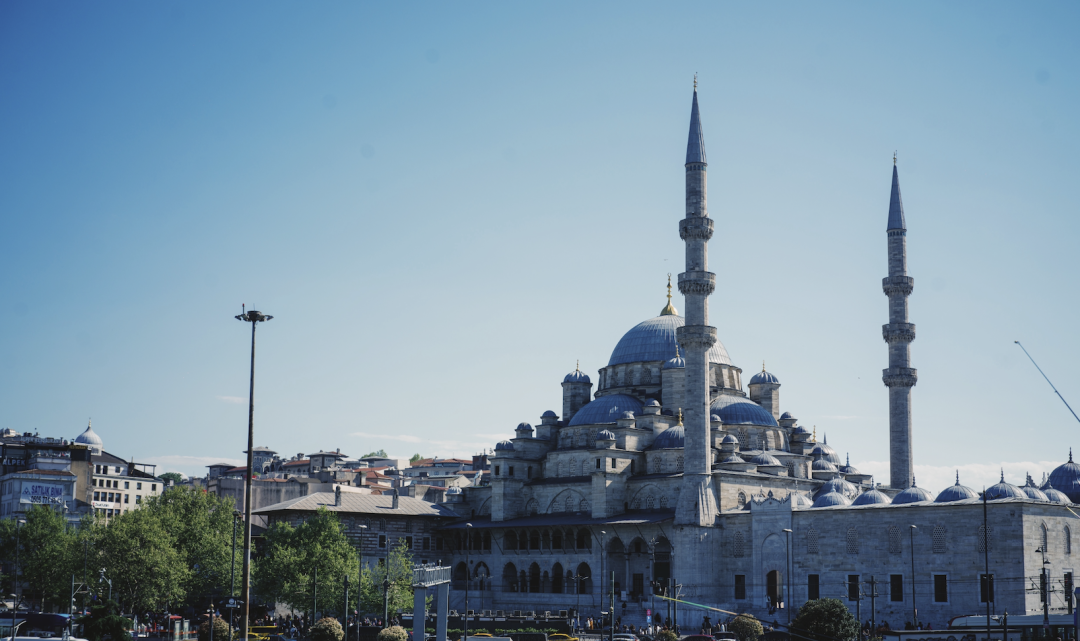
Today’s article is a comprehensive guide to Istanbul. We will try to convey how to explore Istanbul in a single piece.
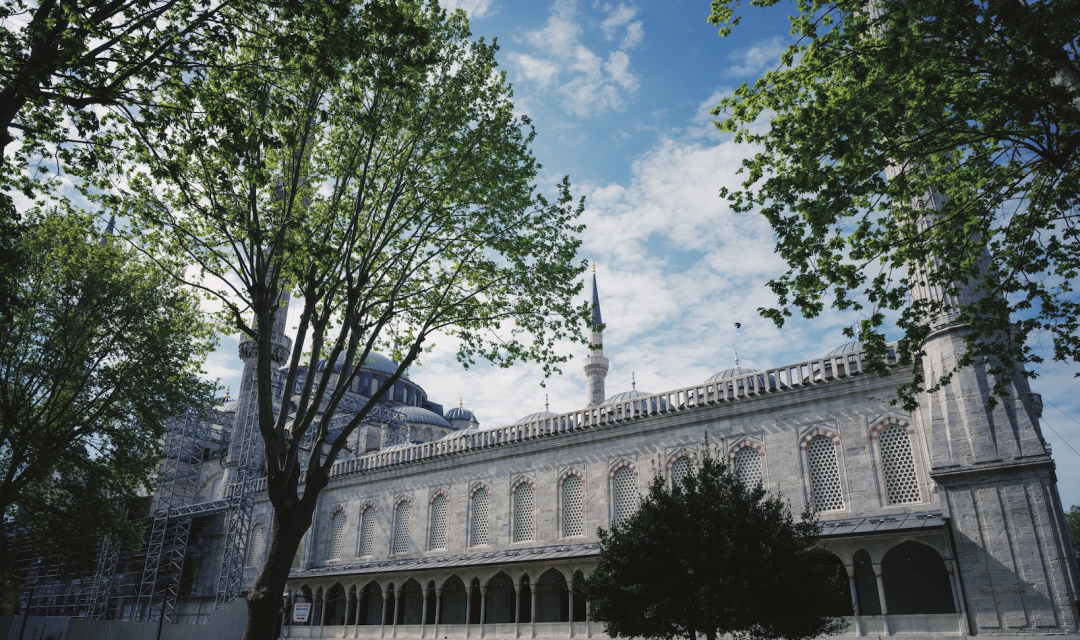
1) Main Attractions in Istanbul
If you are interested in culture, Istanbul boasts a rich tapestry of ancient Greek, Roman, and Ottoman influences. For those fascinated by religion, the city has over 5,000 mosques. Notably, the Hagia Sophia (which is now a mosque) uniquely embodies both Christian and Muslim faiths. If you appreciate stunning geography, the enchanting Bosphorus Strait connects Europe and Asia.
2) How to Explore Istanbul
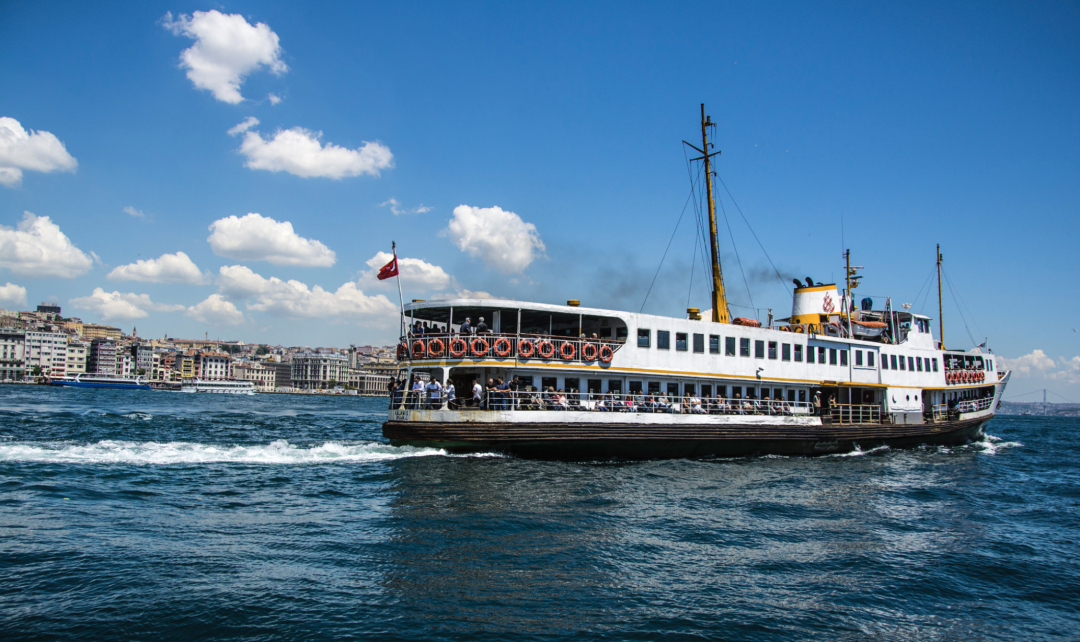
Take a look at the map of Istanbul. The city is divided into three parts by the Bosphorus Strait and the Golden Horn: the European Historic District, the European Area, and the Asian Zone. The main attractions of Istanbul are concentrated in the European Historic District and the European Area, making them relatively easy to navigate.
**European Historic District**
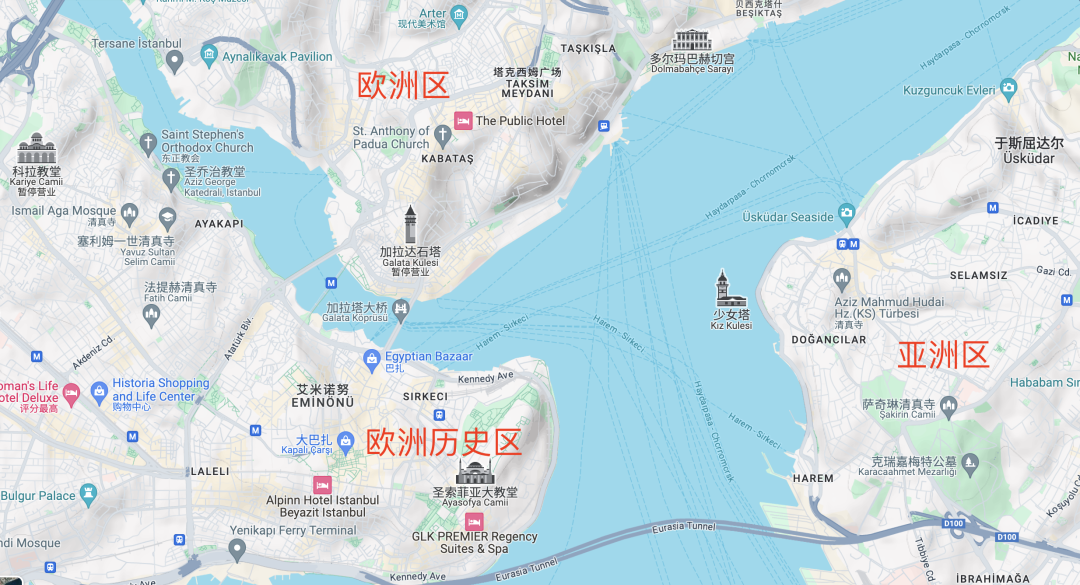
The attractions in the European Historic District are clustered together, allowing for walking tours. They are primarily around the Sultanahmet station on the Istanbul light rail’s T1 line. I recommend spending an entire day in the Historic District for a fulfilling experience.
**Hagia Sophia**
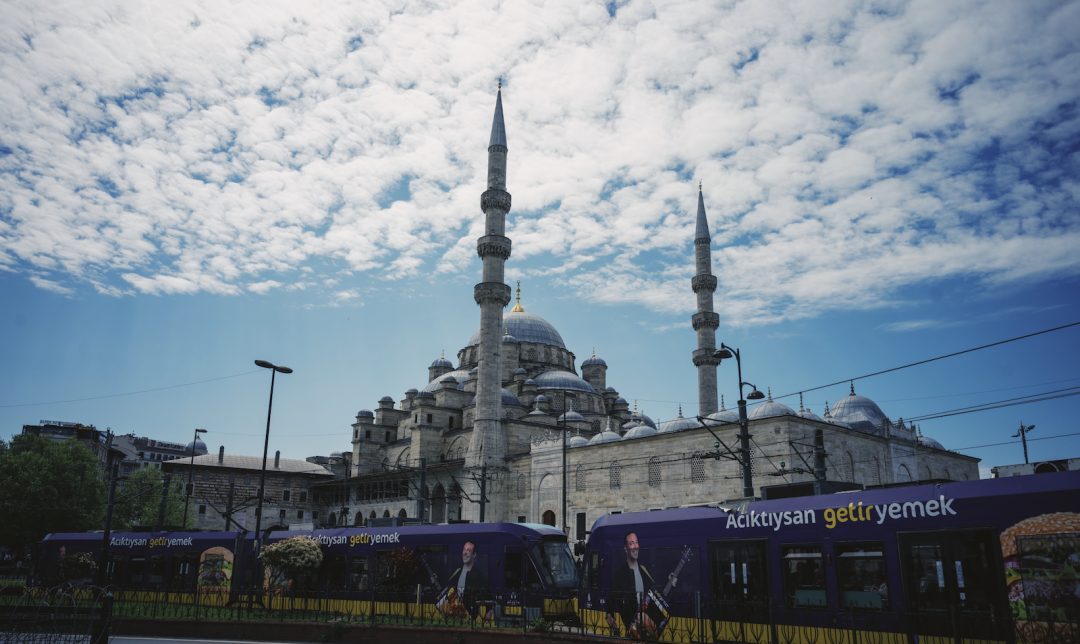
Hagia Sophia is hailed as one of the “Seven Wonders of the Medieval World,” a symbol of Byzantine glory. This church has nearly 1,500 years of history: for the first 1,000 years, it served as a church, and for the last 500 years, it functioned as a mosque. At one point, it was the largest church in the world.
The mosaics within Hagia Sophia are incredibly opulent. When the church was converted into a mosque, due to the distinct nature of Islamic visual restrictions, the mosaics were not removed but rather plastered over, which ultimately allowed them to be preserved and revealed in the modern day.
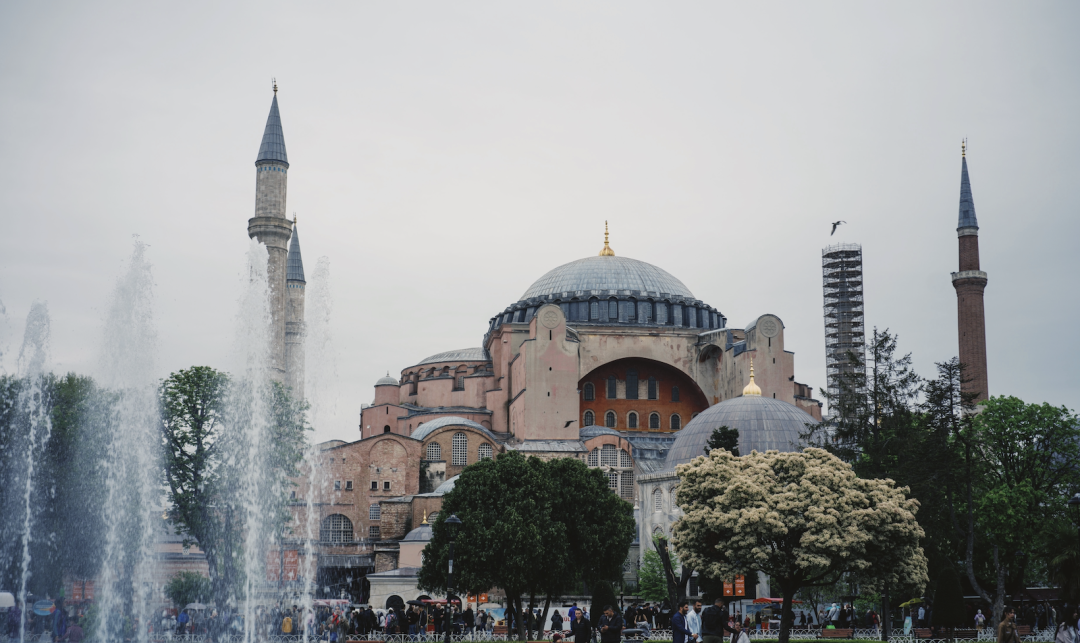
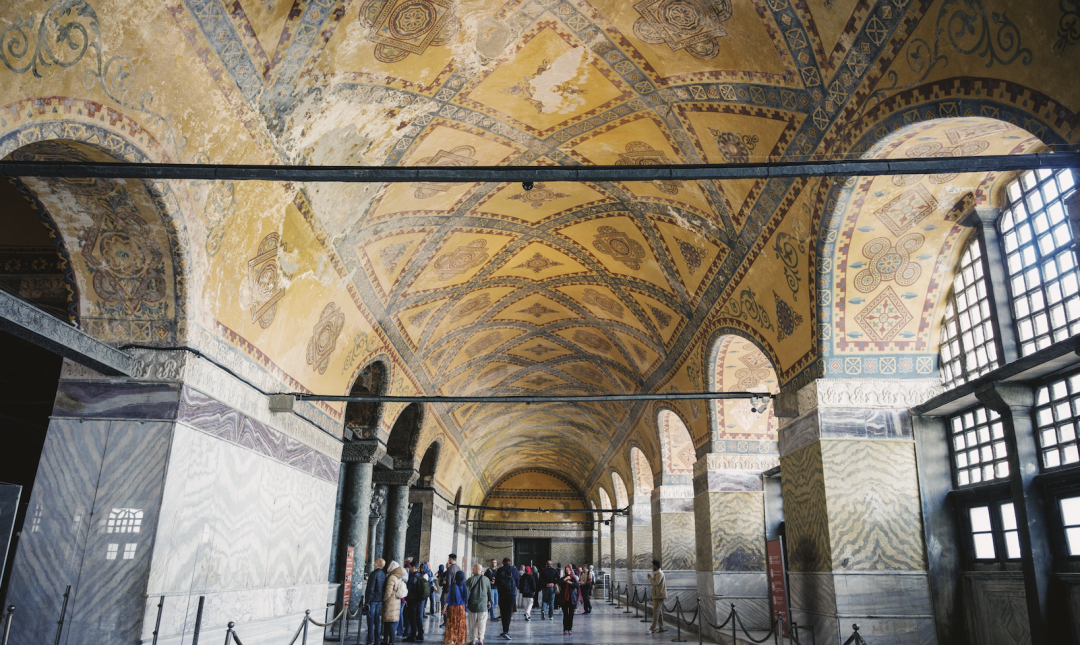
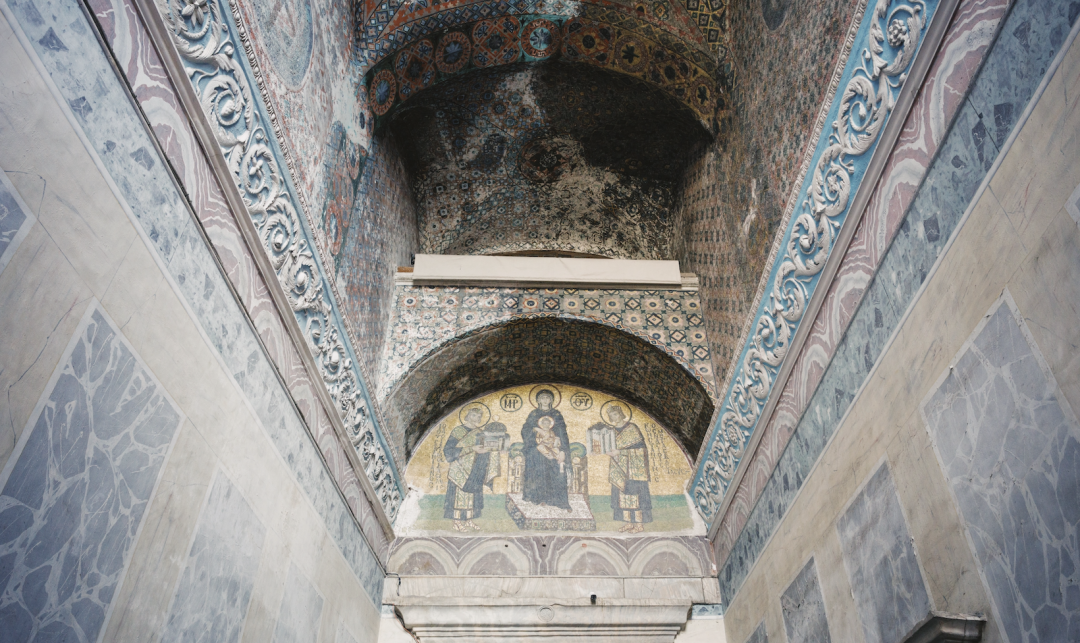
Thus, within Hagia Sophia, you can find both Christian and Islamic elements, allowing you to witness the cultural and religious intermingling and mutual influence.
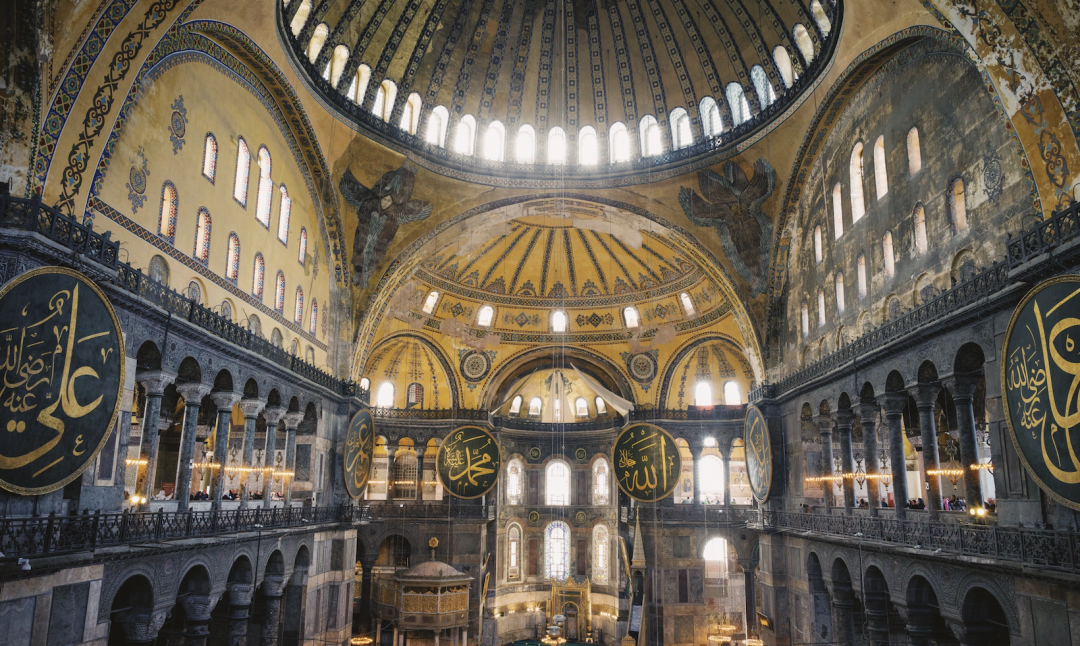
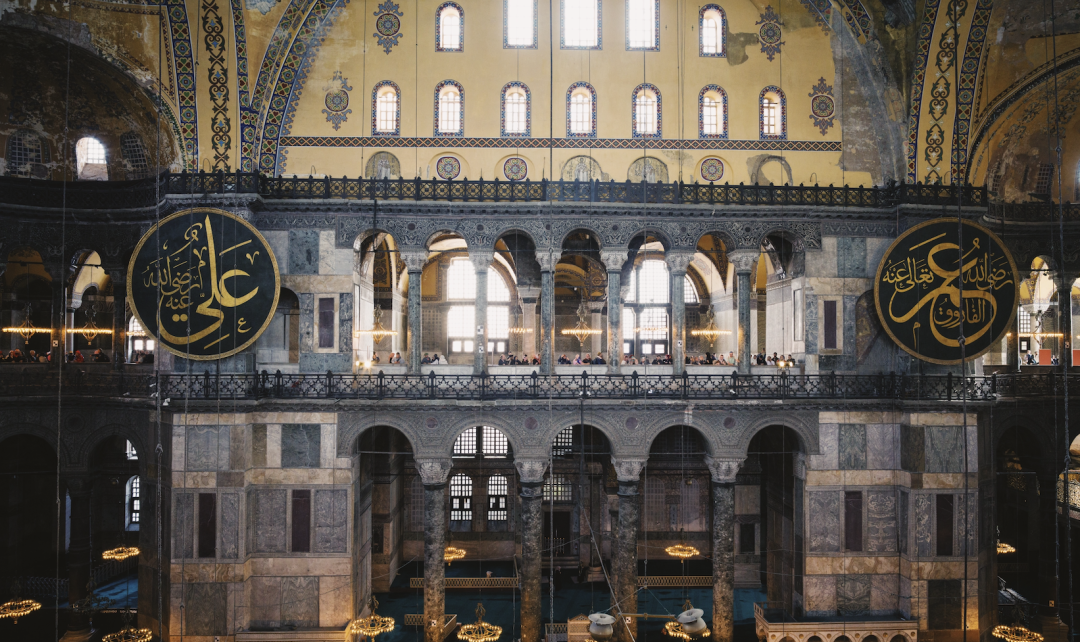
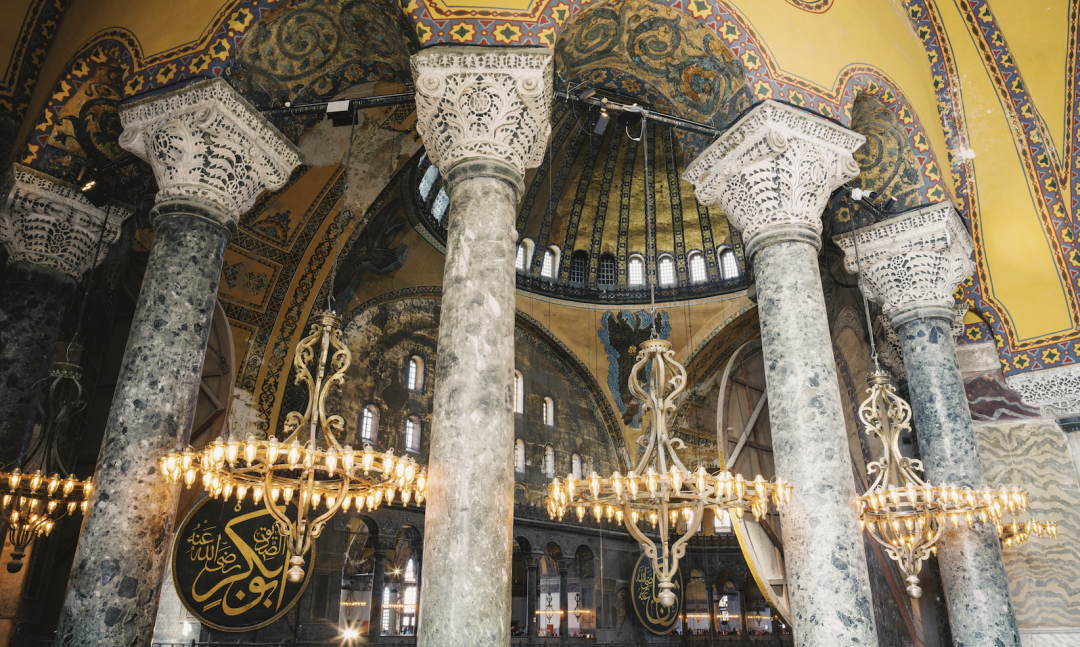
For entry, I recommend purchasing a combined ticket for both the church and the exhibition hall. Start at the exhibition hall, where you can learn in detail about the complex history of Hagia Sophia, the challenges of its construction, and the difficulties in its conversion into a mosque. The exhibition hall is equipped with audio guides available in Chinese.
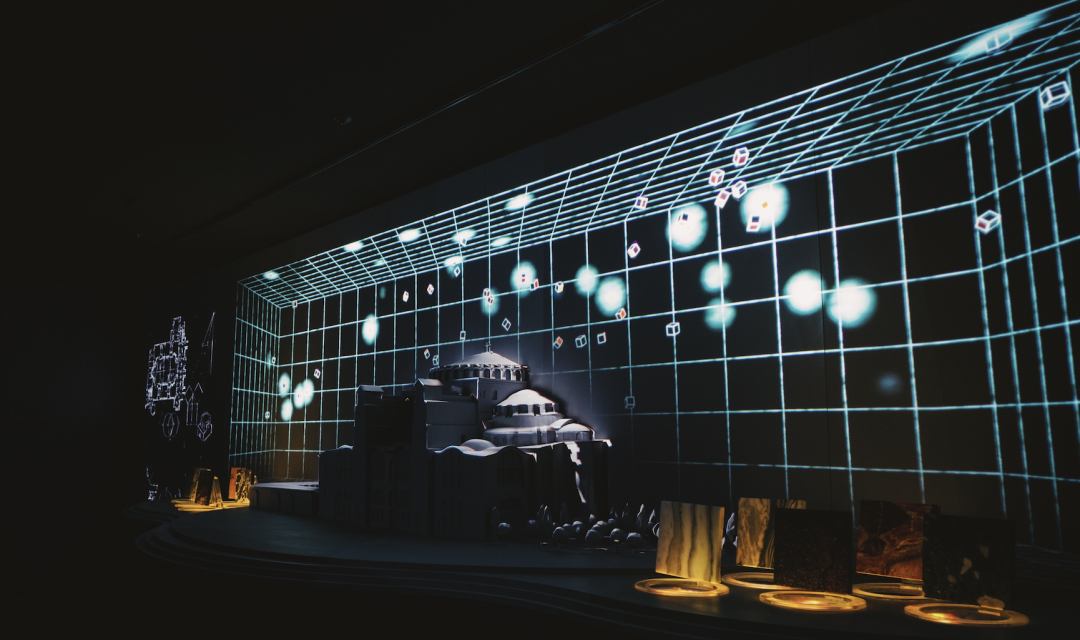
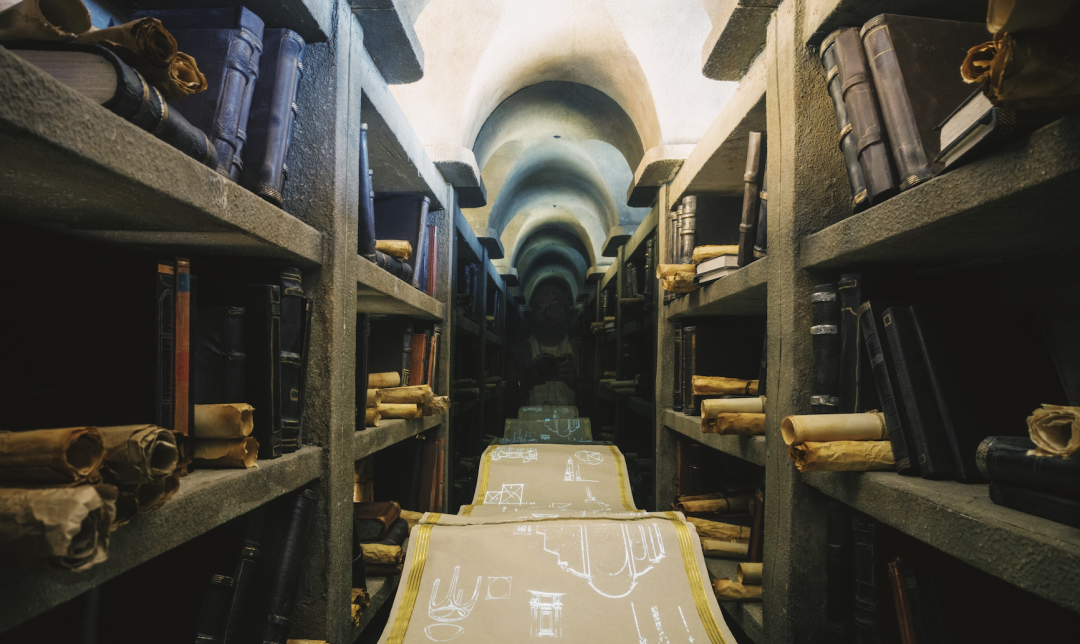
**Blue Mosque**
This is the most beautiful mosque in Istanbul (and there is no second to it). Across the square from Hagia Sophia, they face each other, though their construction eras are separated by 1,000 years.
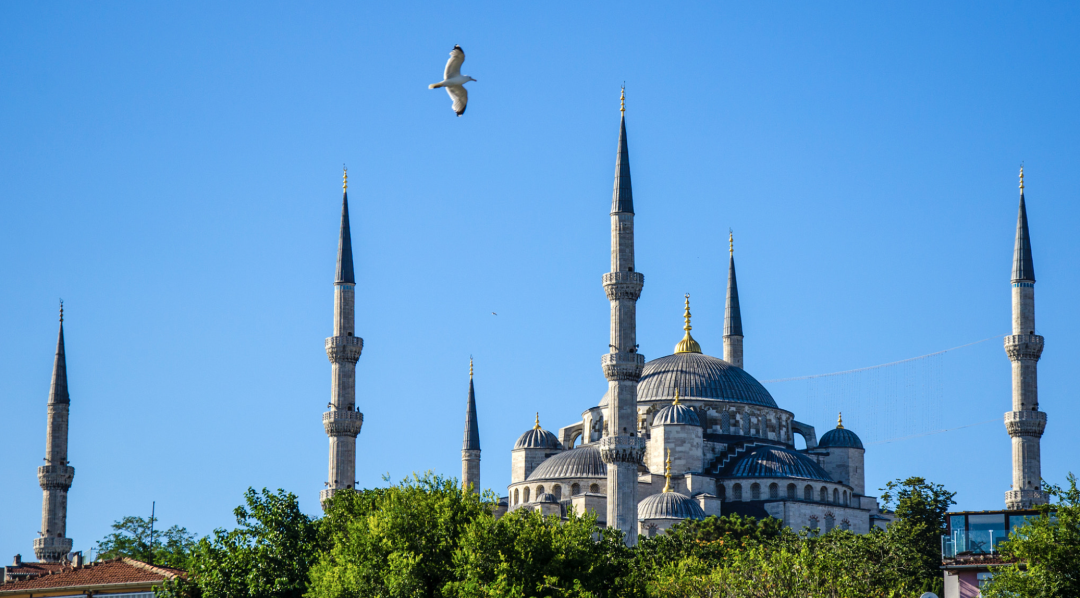
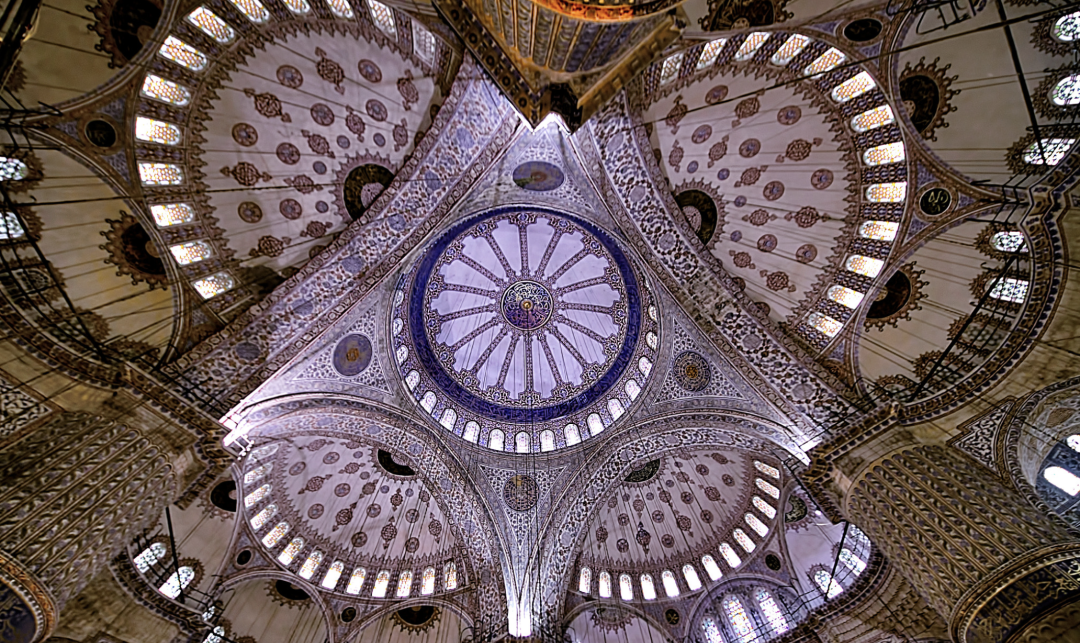
When it comes to visiting mosques in Istanbul, there is a trick. Look at the number of minarets: a mosque with six minarets (like the Blue Mosque) is a must-visit; those with four minarets (like the Süleymaniye Mosque) are optional; two minarets (such as the Ortaköy Mosque) are fine for a quick photo; and for those with just one, you can skip them altogether. There are over 5,000 mosques in Istanbul, which is overwhelming.
The Blue Mosque is the only mosque in Istanbul with six minarets.
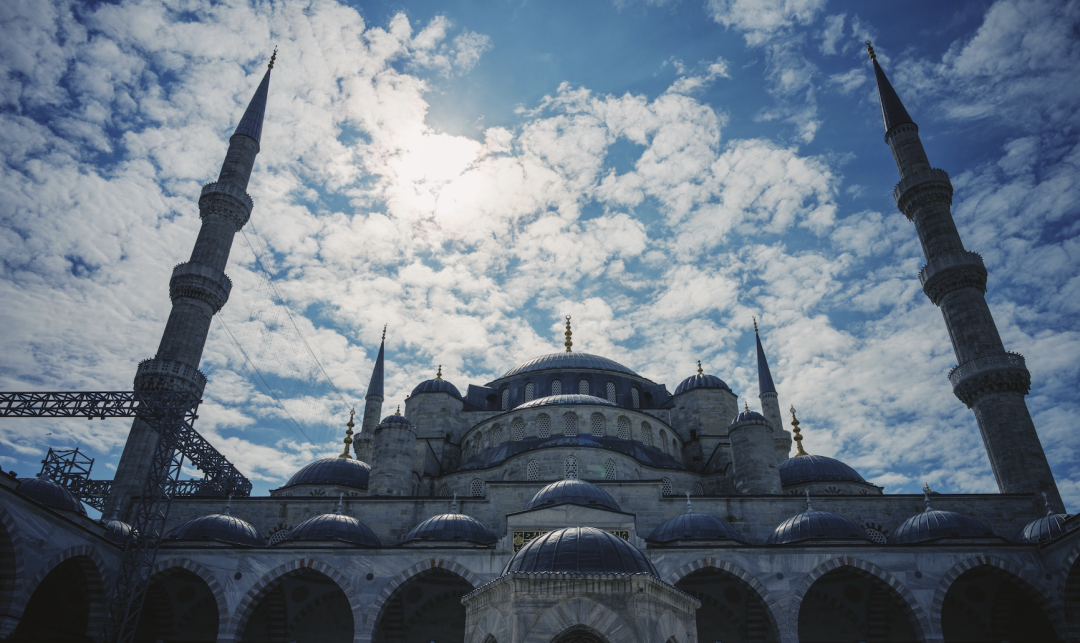
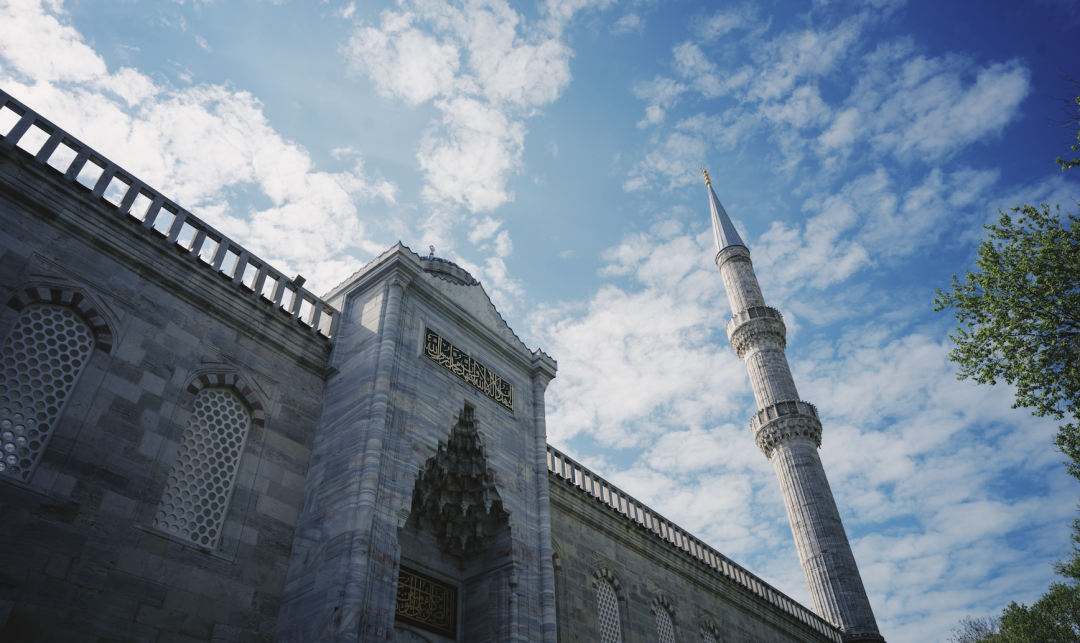
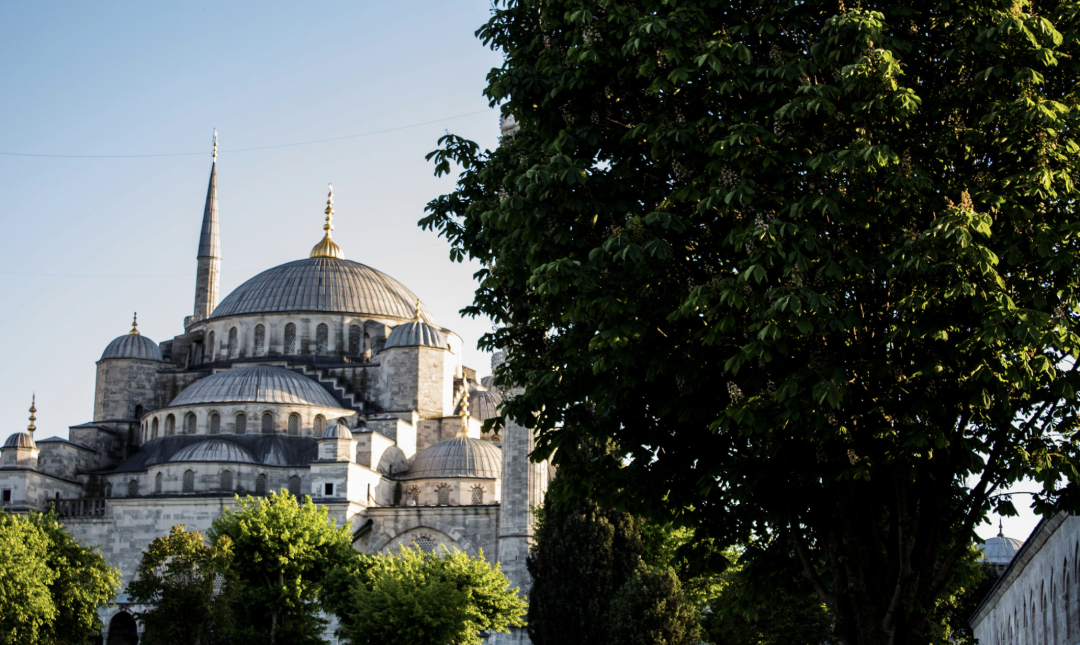
Furthermore, visiting mosques in Istanbul does not require an entrance fee, but be aware of visiting hours; you may need to avoid areas when prayers are taking place.
**Topkapi Palace (Old Palace)**
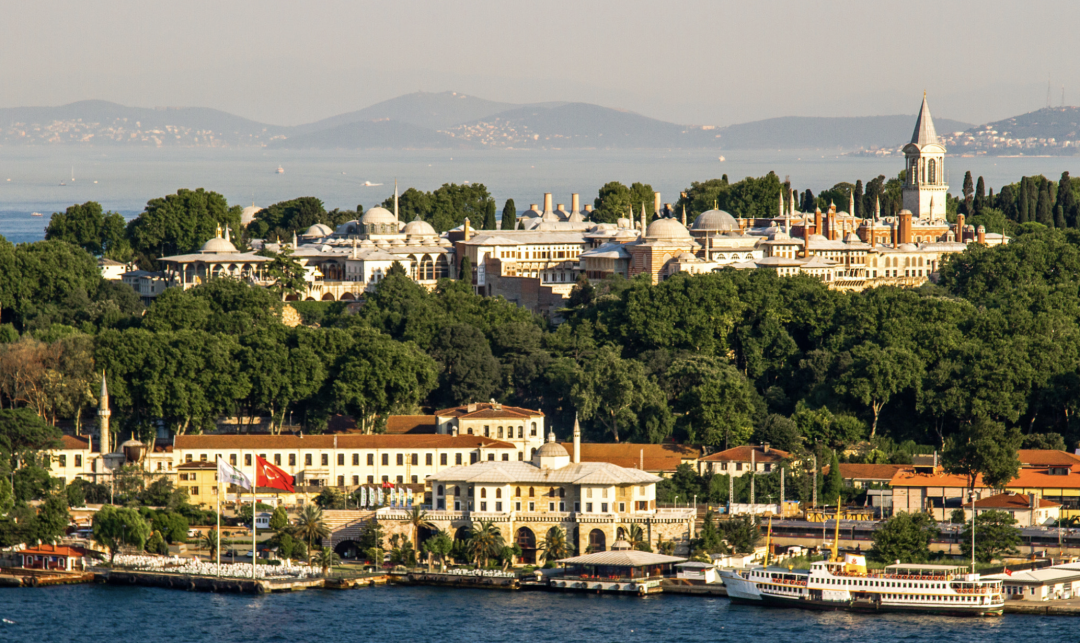
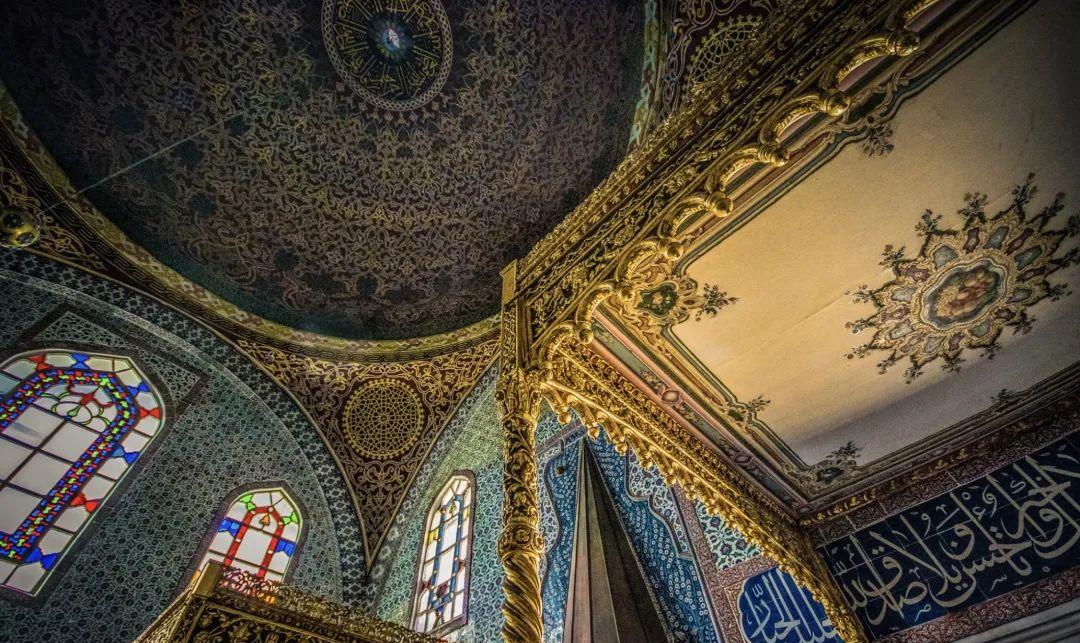
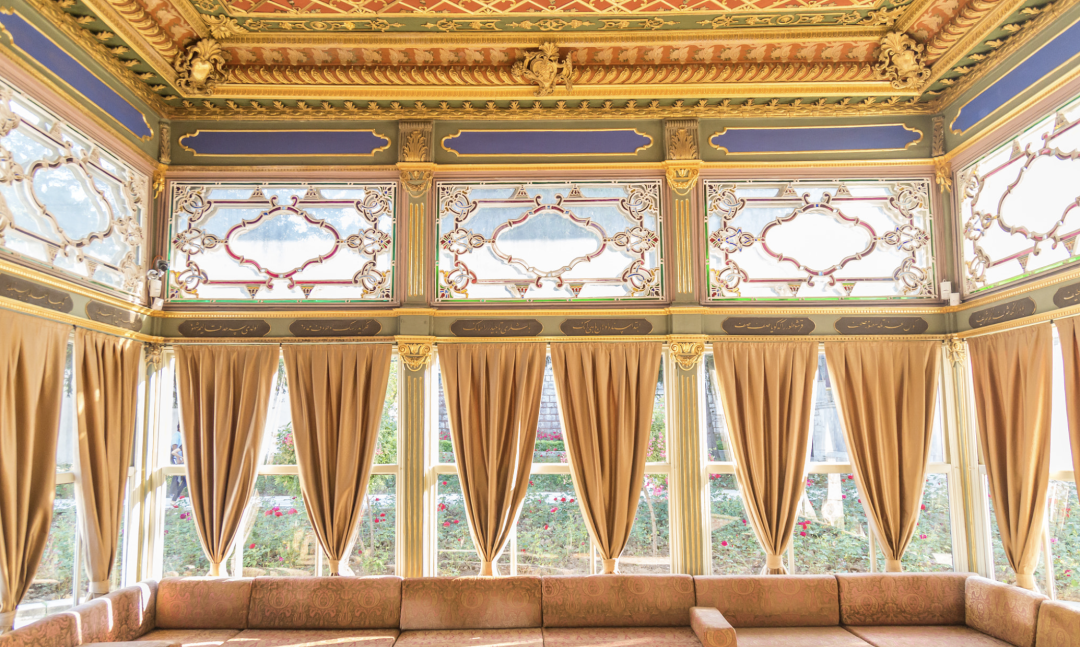
This was the old royal palace, comparable to our Forbidden City (though Topkapi Palace is much simpler in design). It was the center of power for the Ottoman Empire for 500 years, serving as residence to over 20 Sultans. It is now a museum filled with exquisite artifacts worth exploring.
**Basilica Cistern**
The Basilica Cistern is one of Istanbul’s most famous ancient structures, built in the 6th century as a reservoir for the city’s water supply. In simple terms, it is an underground palace that stores water. Movies such as “Skyfall,” “The Da Vinci Code,” and “The International” have all filmed scenes here.
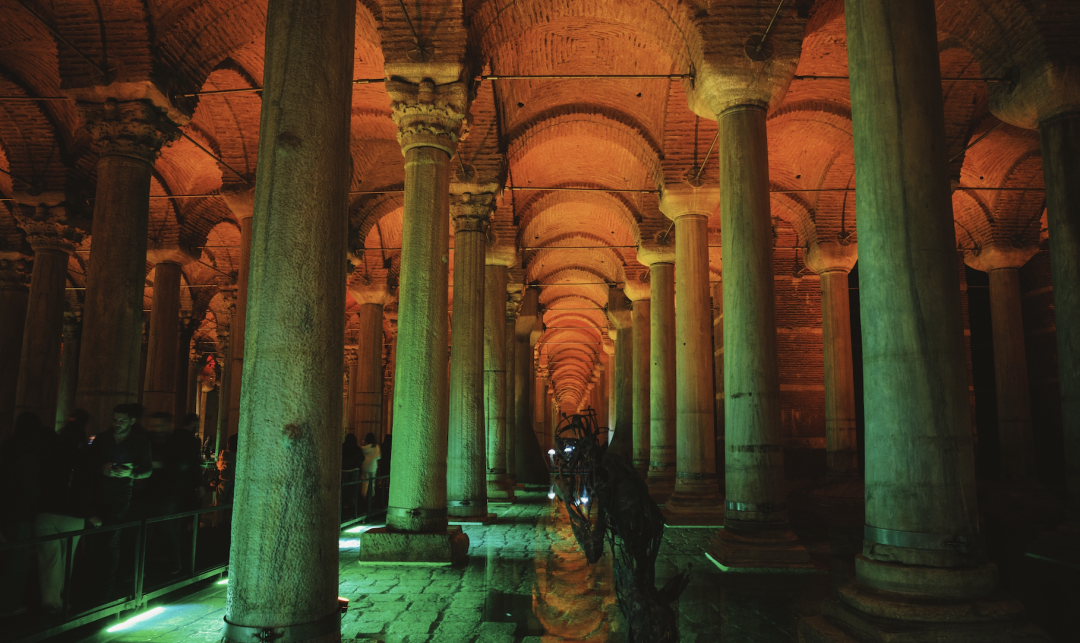
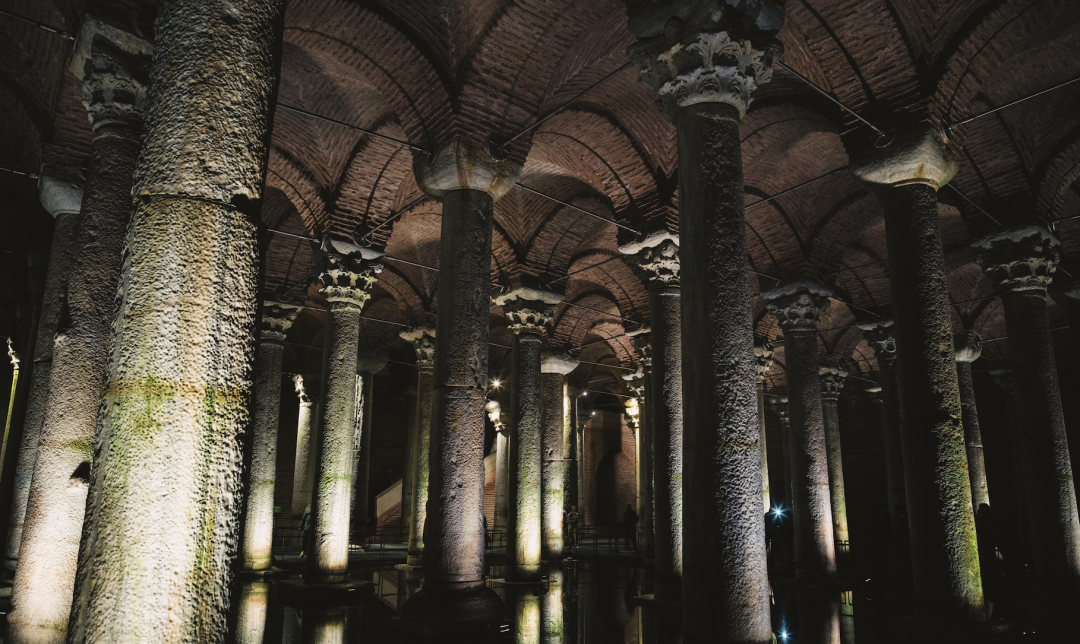
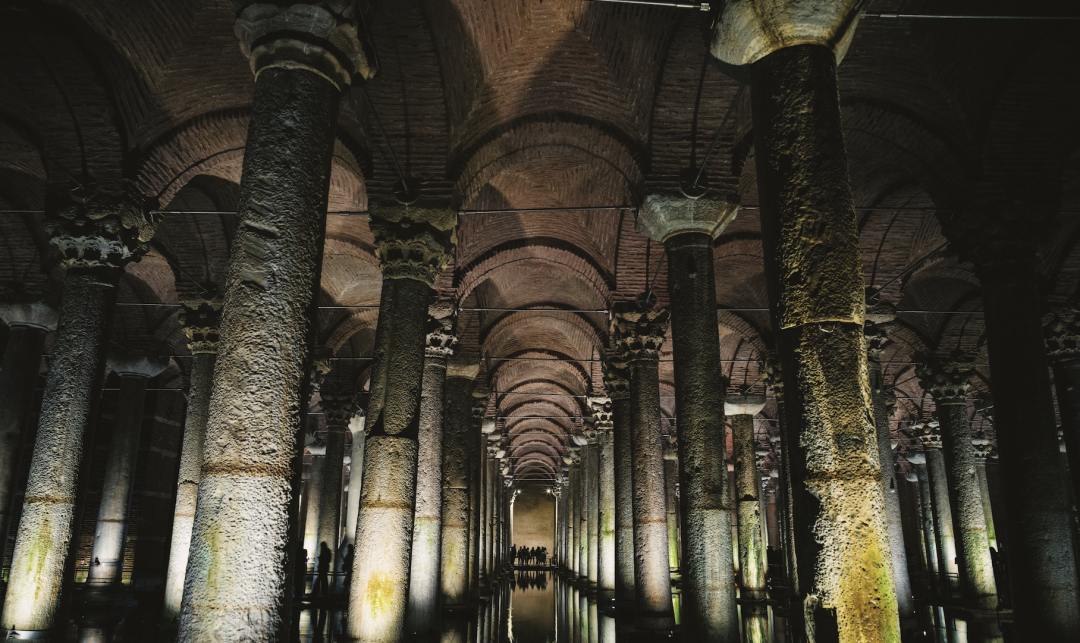
These attractions are all within walking distance of each other. Nearby the square, you will also find the Column of Theodosius, which was brought from Egypt and features many ancient Egyptian hieroglyphs.
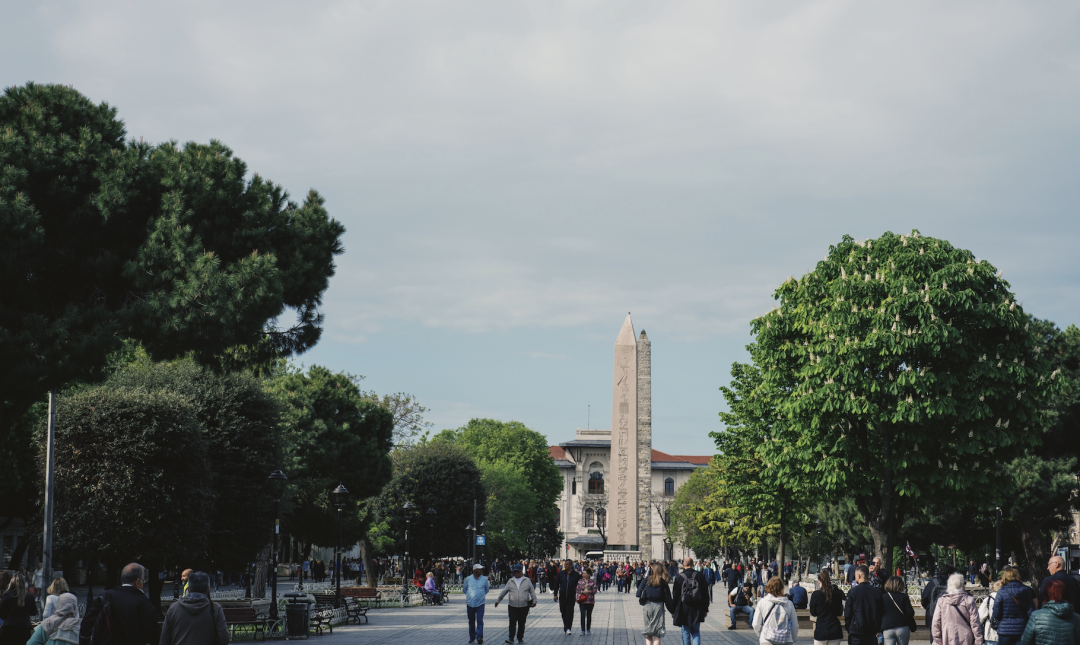
You can also visit the tomb of Sultan Murad III and his sons, a testament to the brutal inheritance practices of the Ottomans. Sultan Mehmed II stipulated that once the heir was selected, all other sons and grandsons would be eliminated to ensure a stable transition of power. Thus, this tomb contains dozens of coffins of Sultan Murad III and his family, a tradition that lasted for over two centuries until the 17th century, when it shifted to confining other princes.
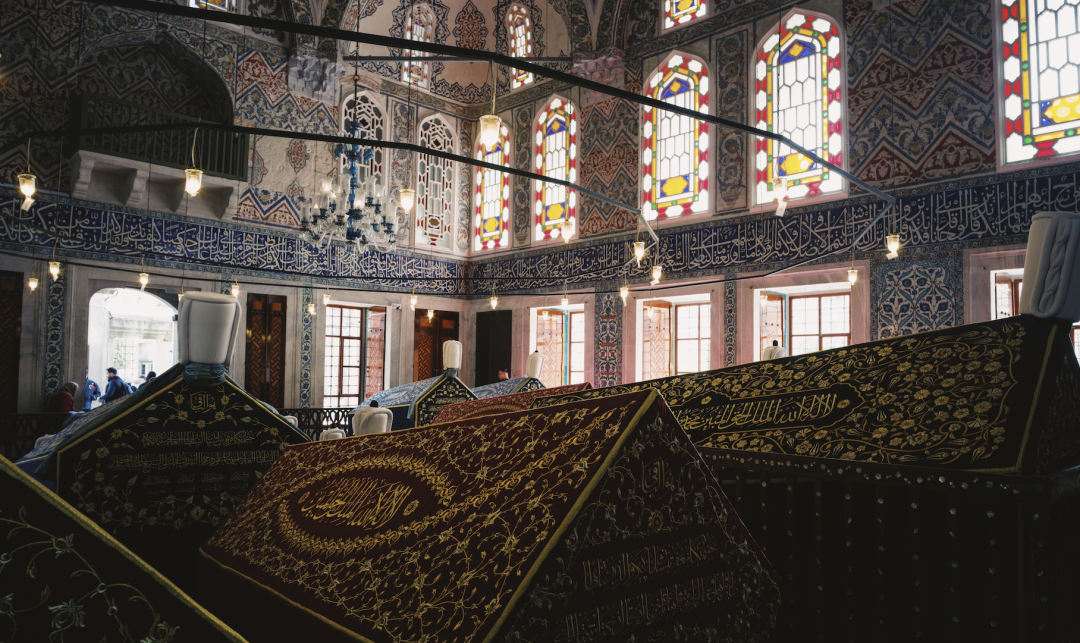
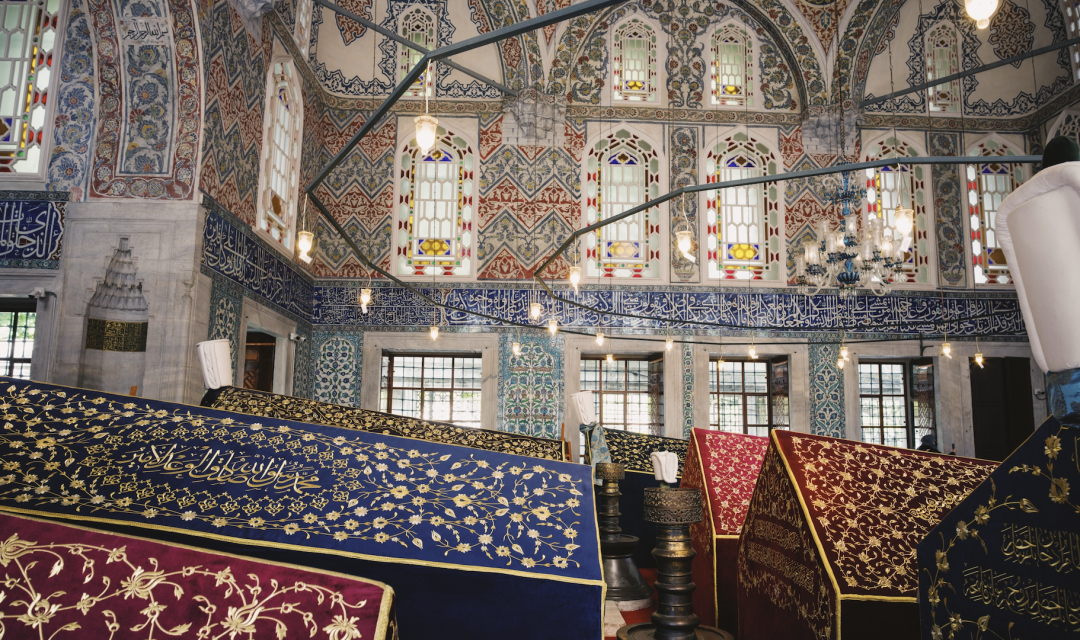
**Sirkeci Train Station**
Once the terminus of the Orient Express, which began its journey in Paris and ended at Istanbul’s Sirkeci Station. If you are interested in the Orient Express or Agatha Christie’s “Murder on the Orient Express,” I suggest visiting Sirkeci.
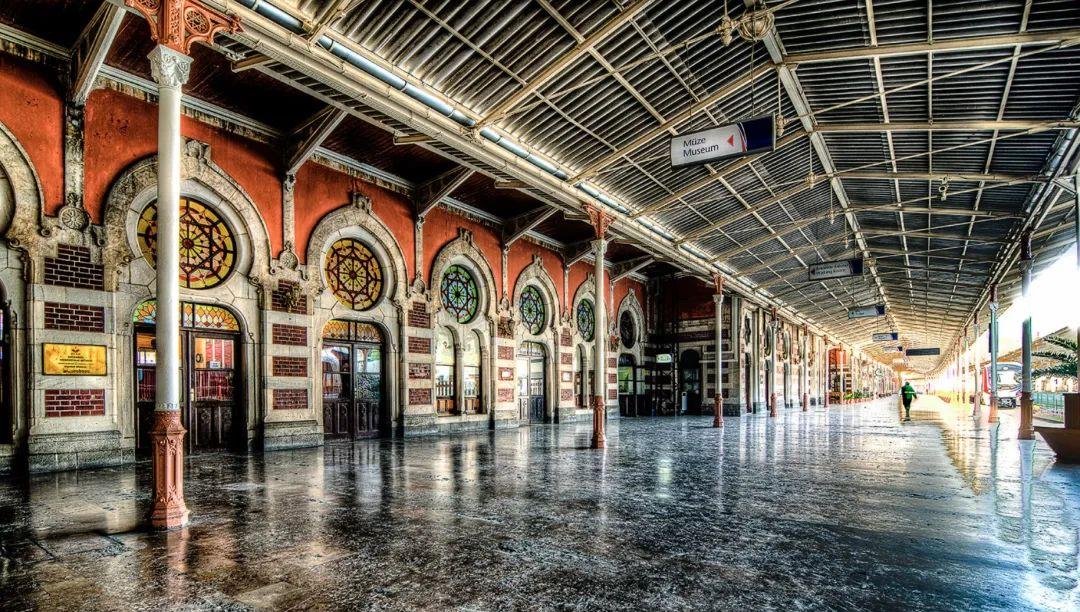
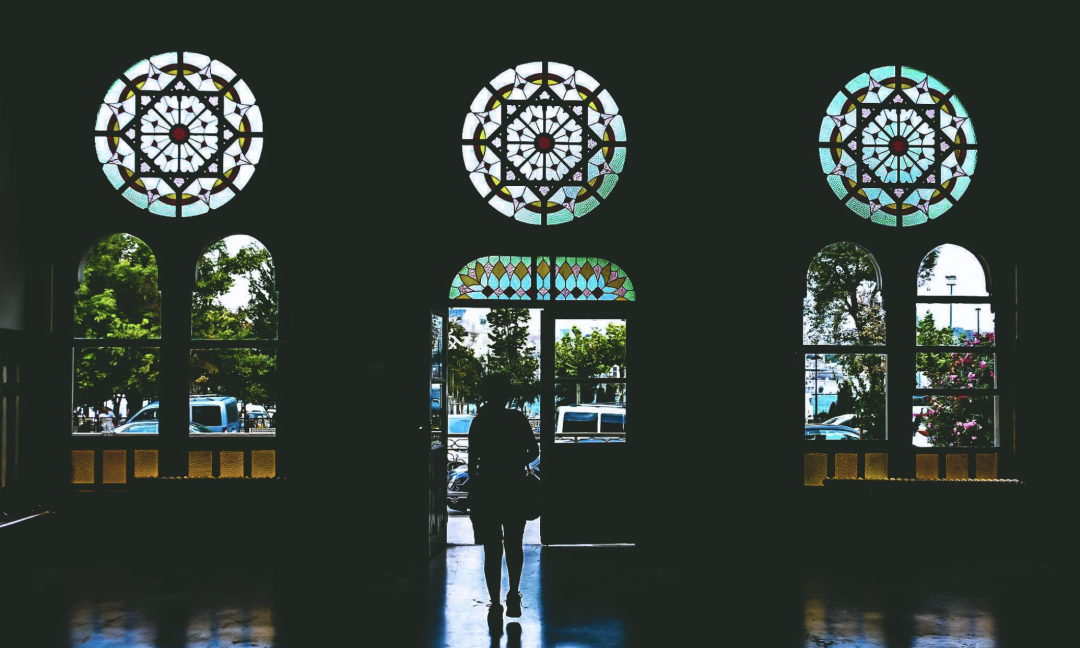
**Süleymaniye Mosque**
Another beautiful blue mosque, often cited as the second most worthwhile mosque to visit in Istanbul. This mosque stands on the western shore of the Golden Horn, overlooking both the Golden Horn and the European area across the bay.
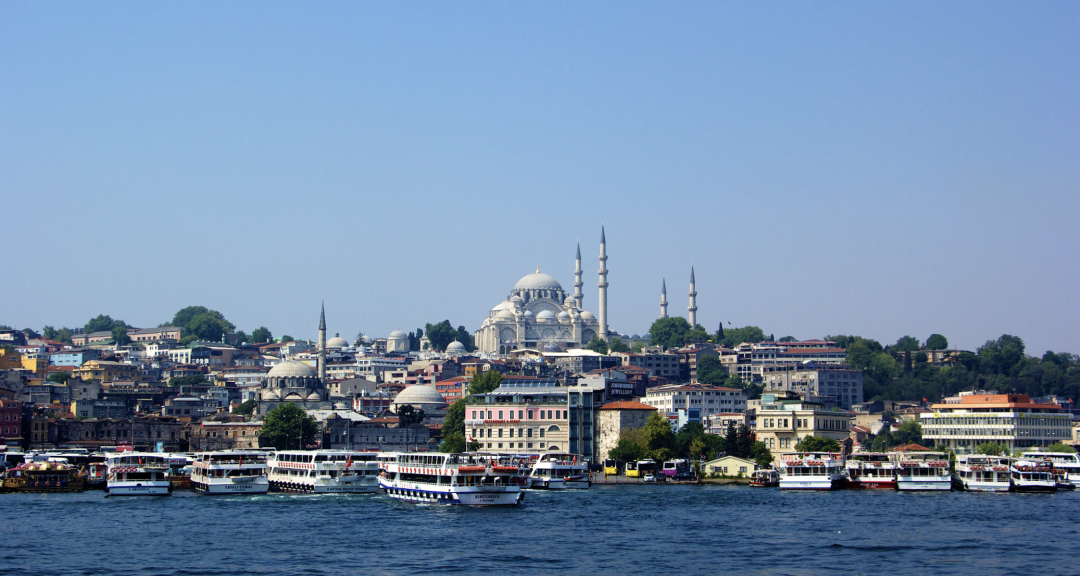
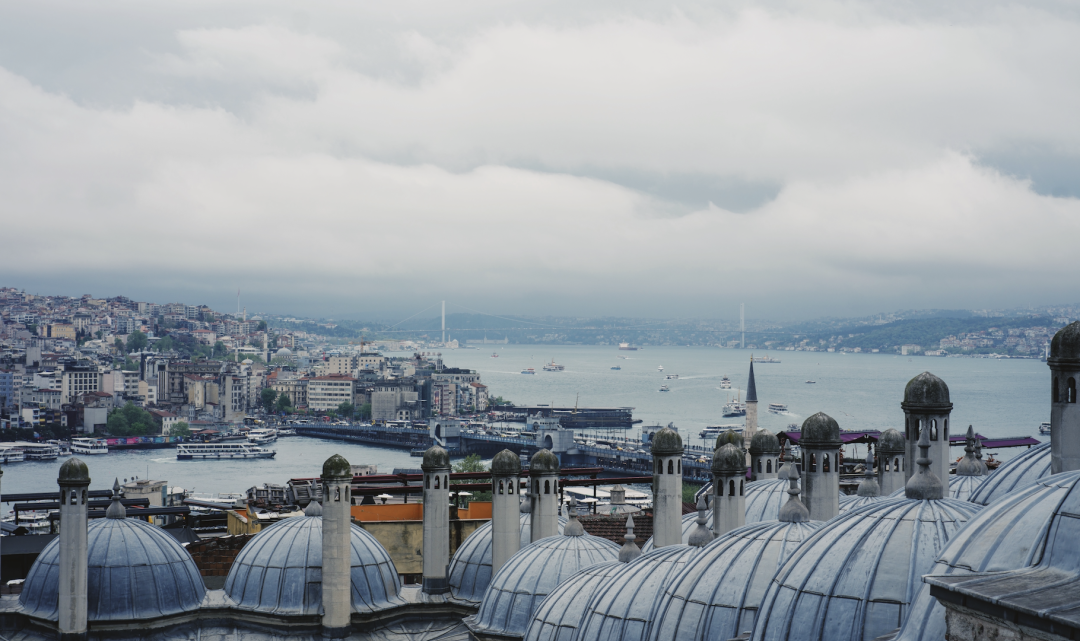
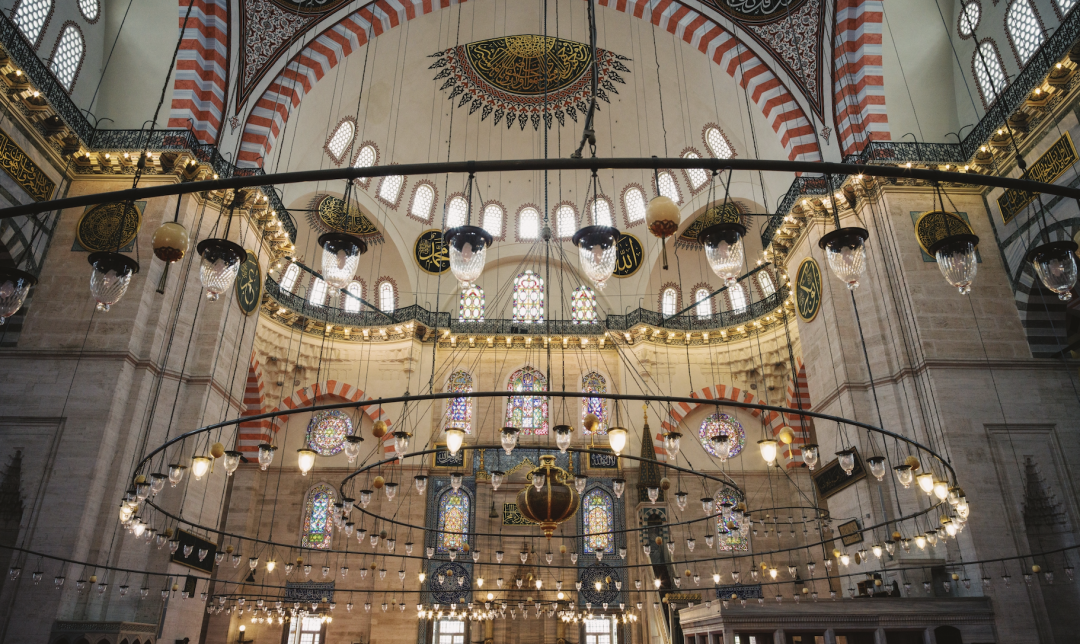
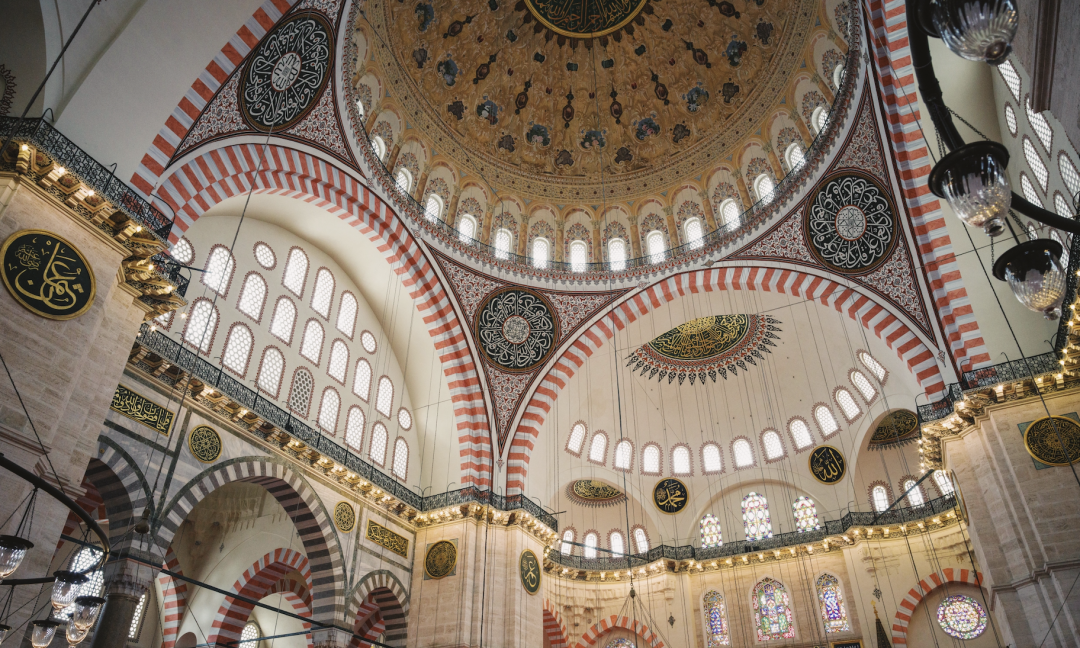
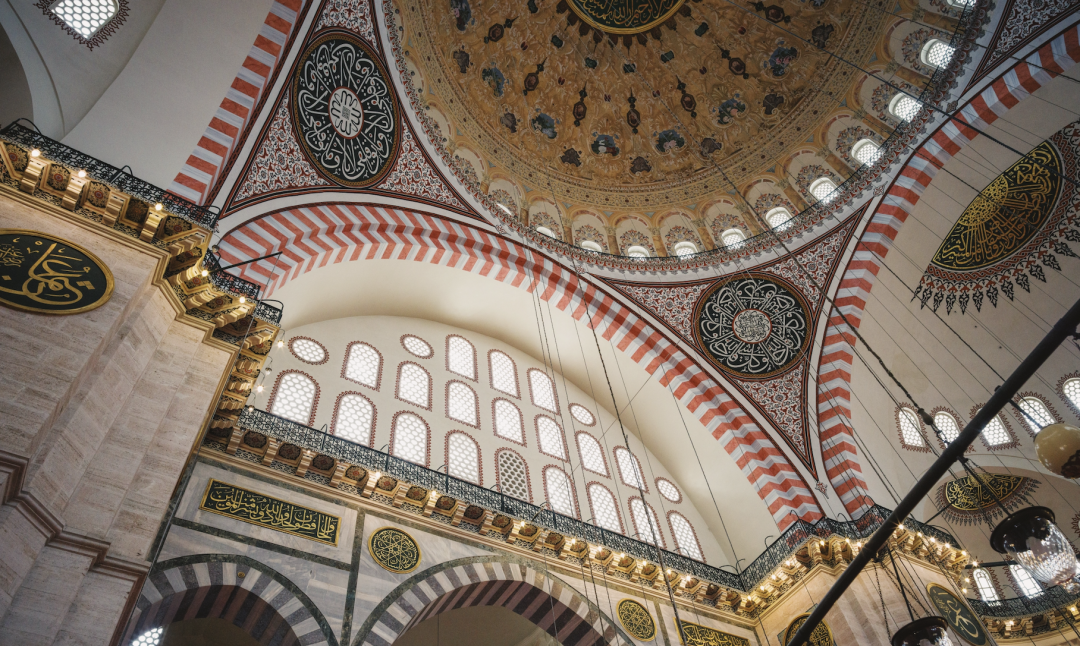
The interiors of mosques are generally quite similar, which is why I suggest selectively visiting them in Istanbul.
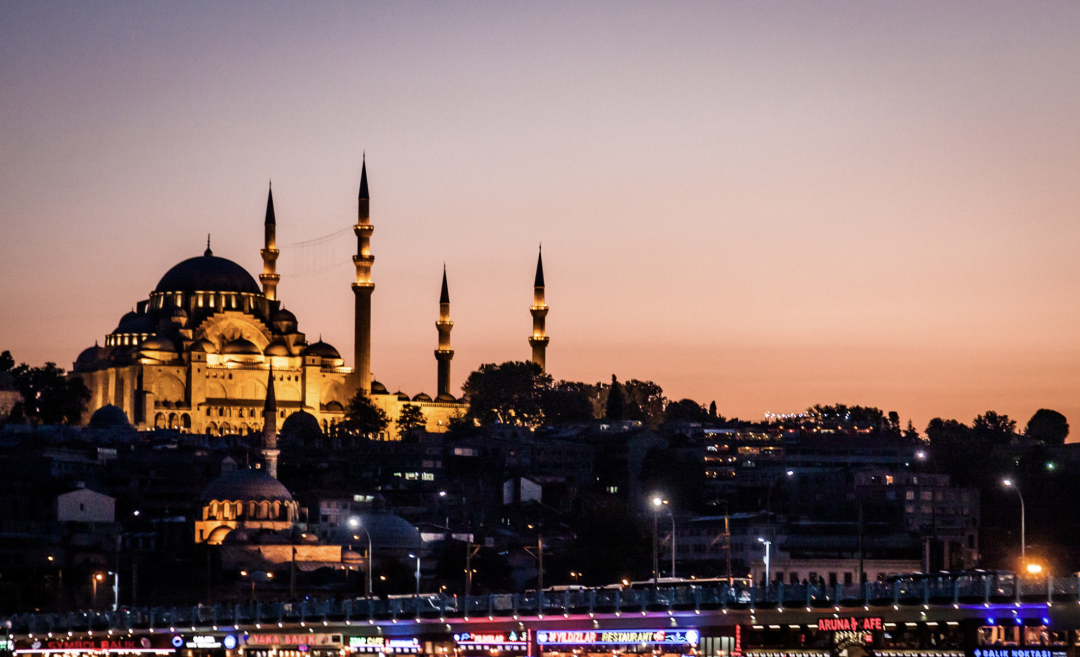
**Galata Bridge**
This connects the European Historic District to the European Area, stretching across the Golden Horn. I recommend taking a stroll on it at sunset to enjoy beautiful views. The night views from the Galata Bridge are also stunning.
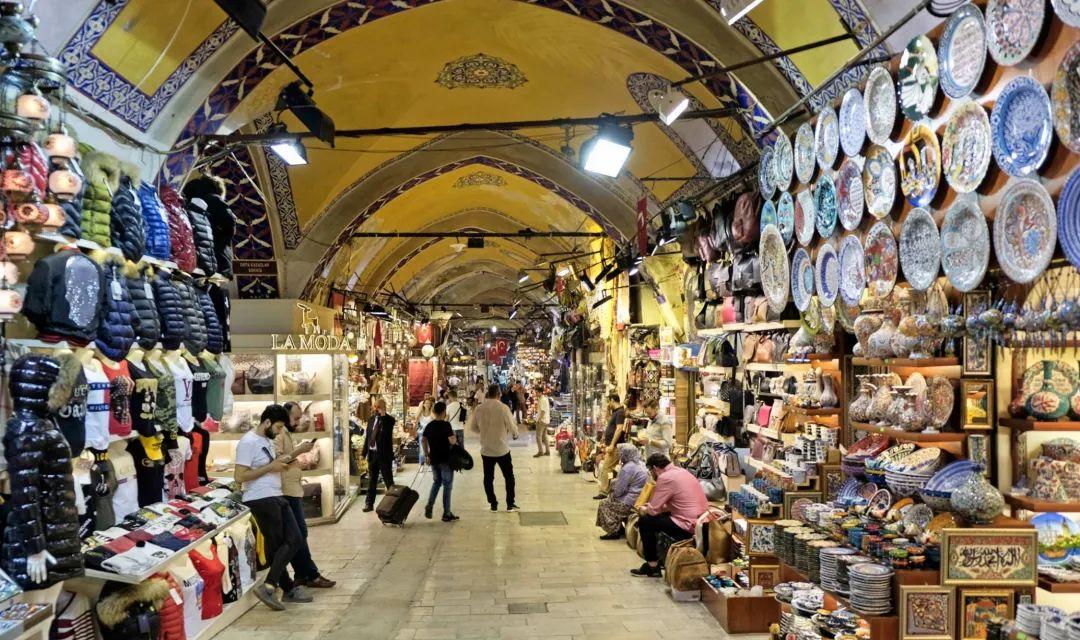
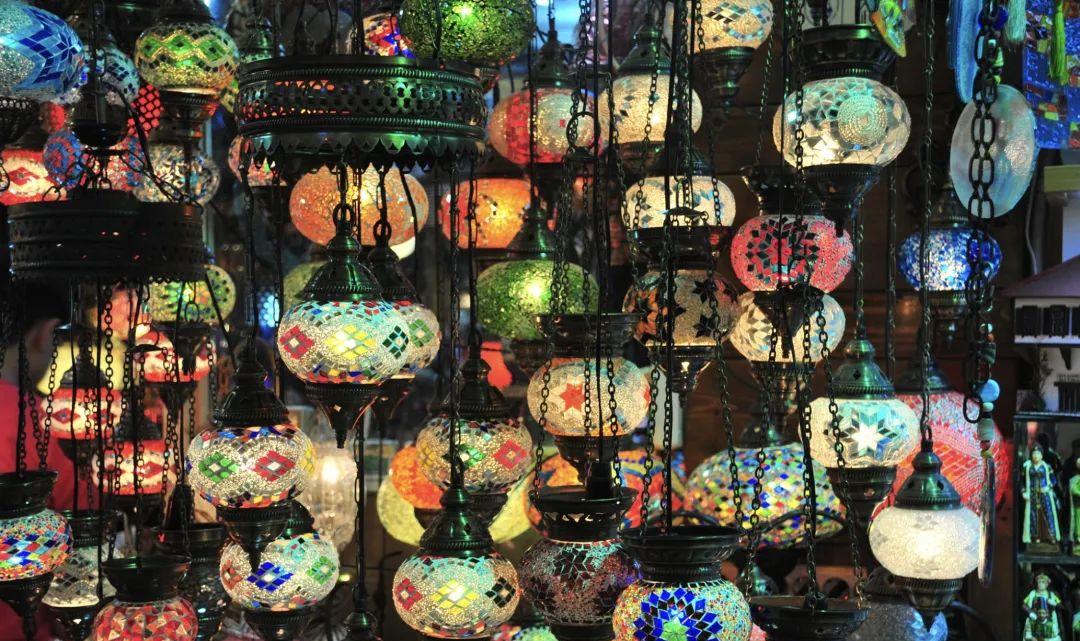
**Grand Bazaar**
The Grand Bazaar in Istanbul is one of the largest and oldest markets in the world. You can eat, drink, and shop there. The first shop of Salt Bae is located inside the Grand Bazaar. However, keep in mind that the Grand Bazaar is not open every day. Once, I visited on a Sunday, and it was closed.
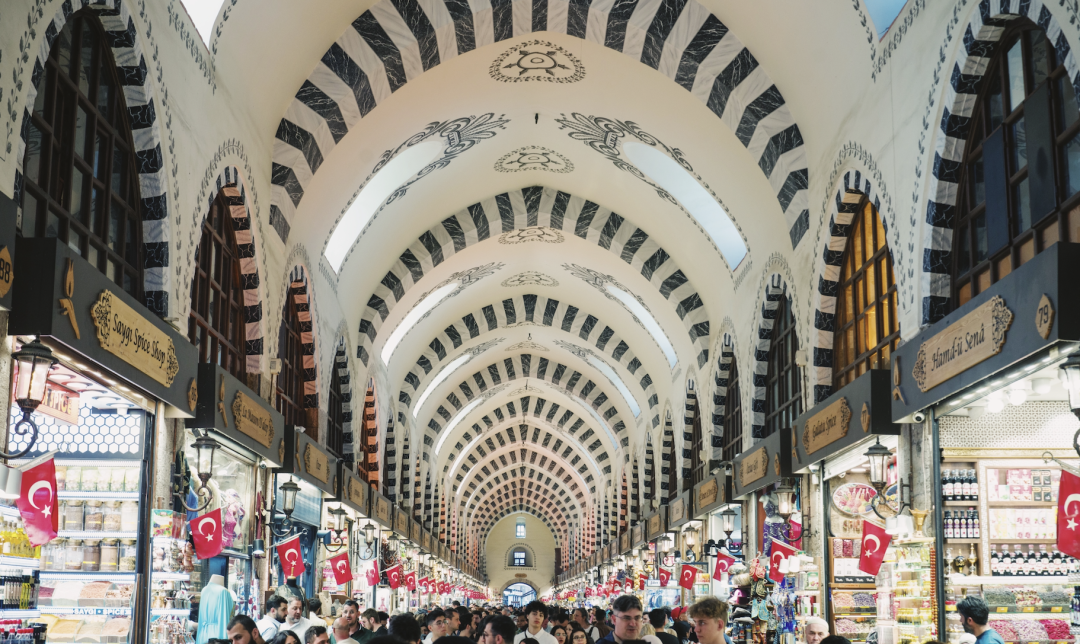
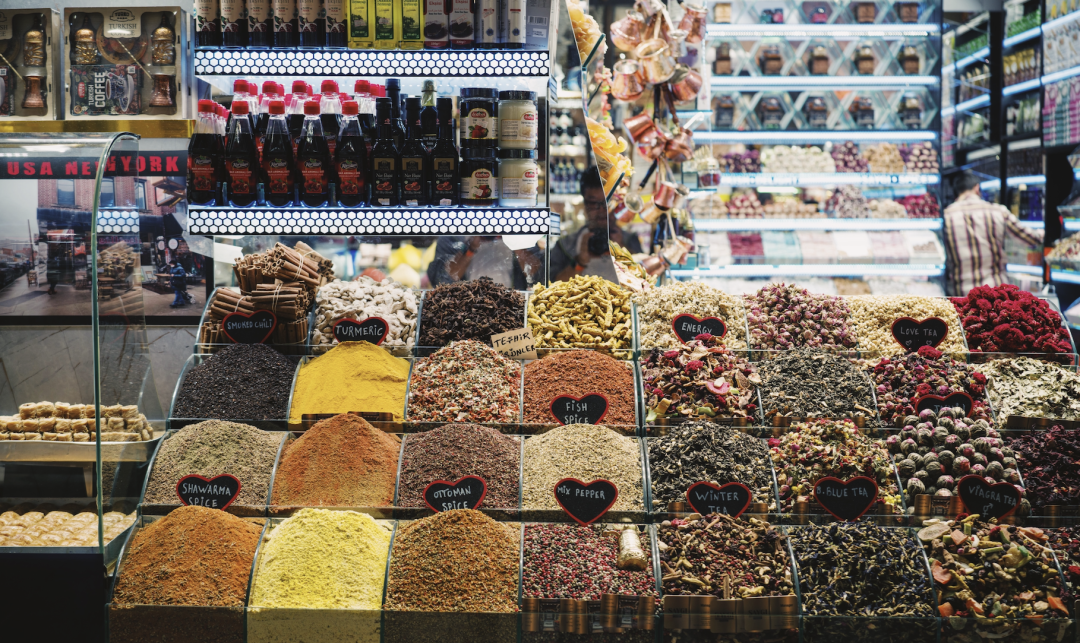
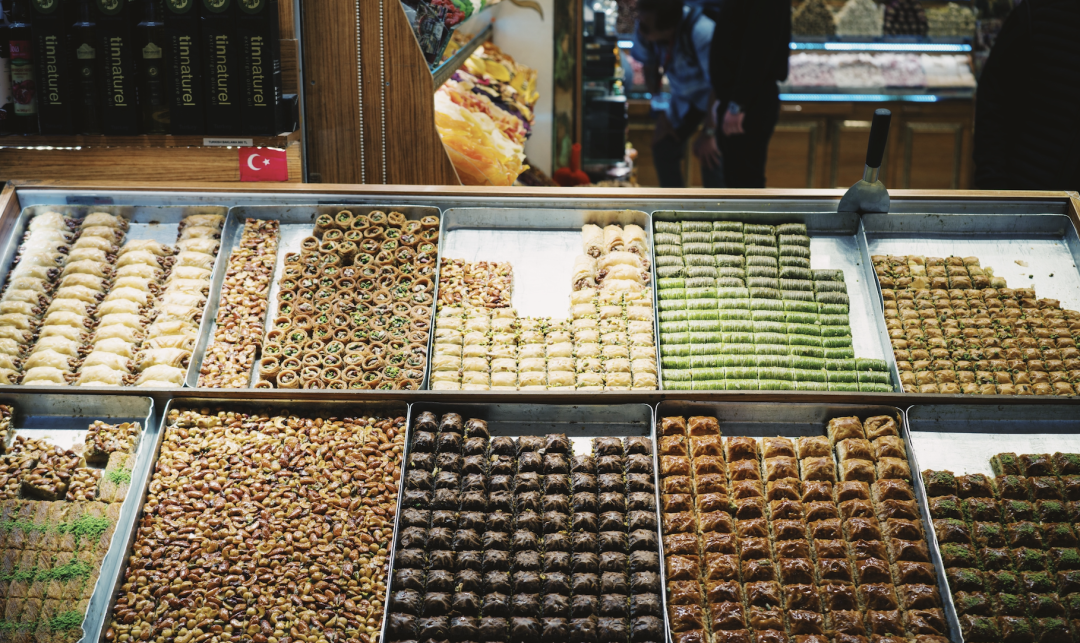
**Spice Bazaar**
Also known as the Egyptian Bazaar, it primarily sells spices and local pastries. I suggest not to shop too much in these two markets (not because of poor price-to-value ratios, but because haggling can be difficult); they serve better as attractions or photo opportunities.
The attractions in the European Historic District are relatively concentrated, and I recommend taking the Istanbul city tram on Tram Line 1. Notable sites such as Hagia Sophia, Blue Mosque, Topkapi Palace, and Basilica Cistern are all accessible from the Sultanahmet station; Sirkeci Station is near the Sirkeci Train Station, Süleymaniye Mosque, Spice Bazaar, and Galata Bridge; and the Grand Bazaar is near the Çemberlitaş station.
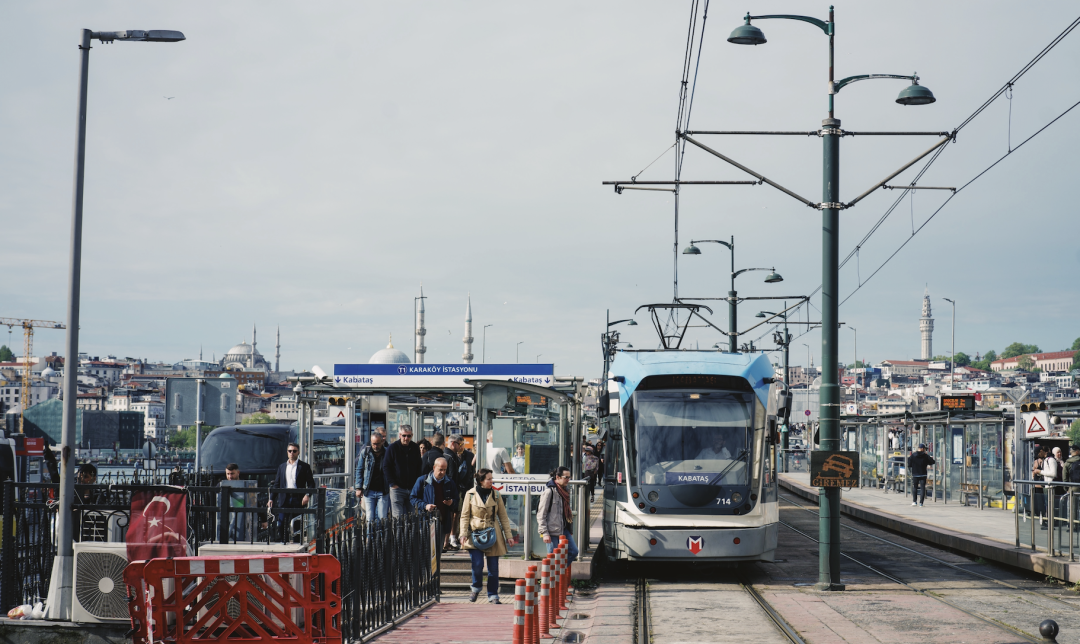
I’ll include a map of the European Historic District showing these attractions, which are all within walking distance. However, it is worth noting that the European Historic District has many inclines and slopes, which can make walking a bit tiring.
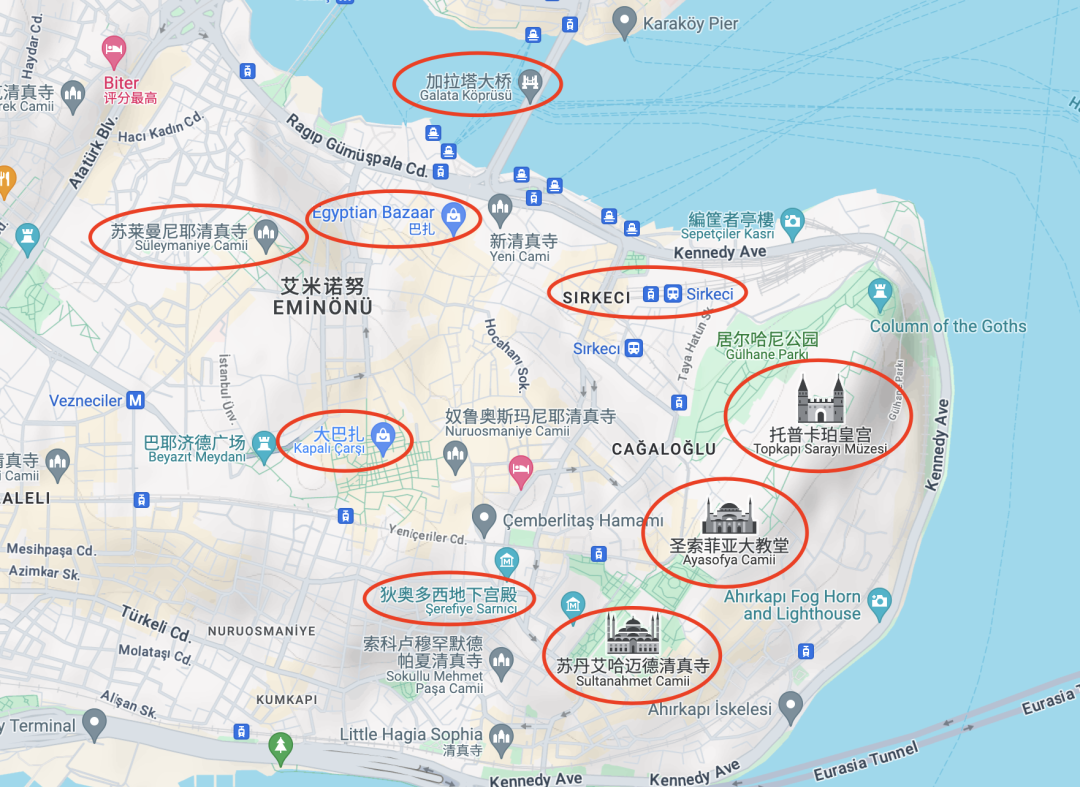
**European Area**
The European Area is a mix of tourists and locals, filled with many restaurants, cafes, bars, and art halls. My reason for visiting Istanbul this time was that it is a major cruise port, with many cruises sailing from Istanbul through the eastern Mediterranean. The port is located within the European Area, which is also the central hub for supermarkets.
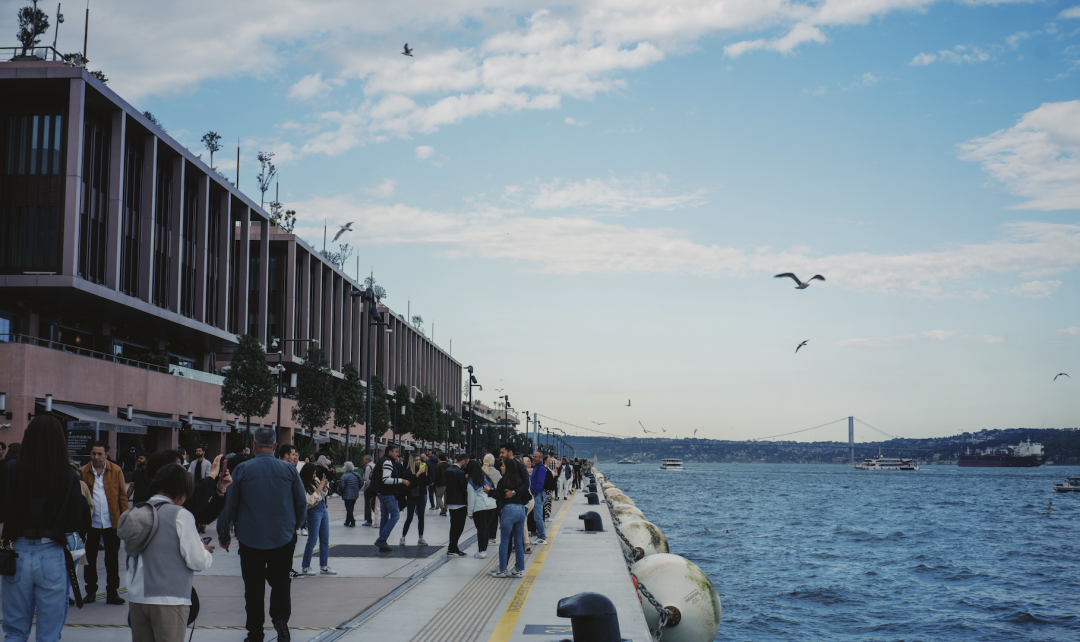
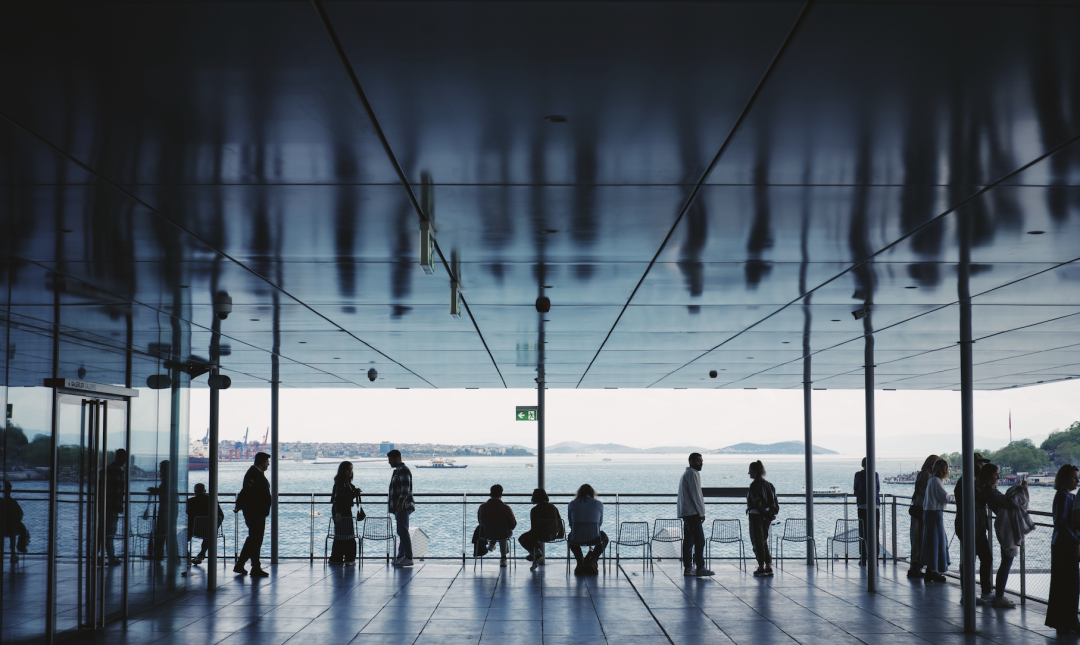
In the European Area, there are several noteworthy attractions to visit:
– **Galata Tower:** It offers a 360-degree view of Istanbul’s European area. However, it is currently undergoing maintenance, so climbing the tower is not permitted.
– **Dolmabahçe Palace (New Palace):** Built in the late Ottoman era, it is a representative work of Ottoman architecture, often referred to as the Versailles of Turkey. The palace is opulent inside but photography is not allowed.
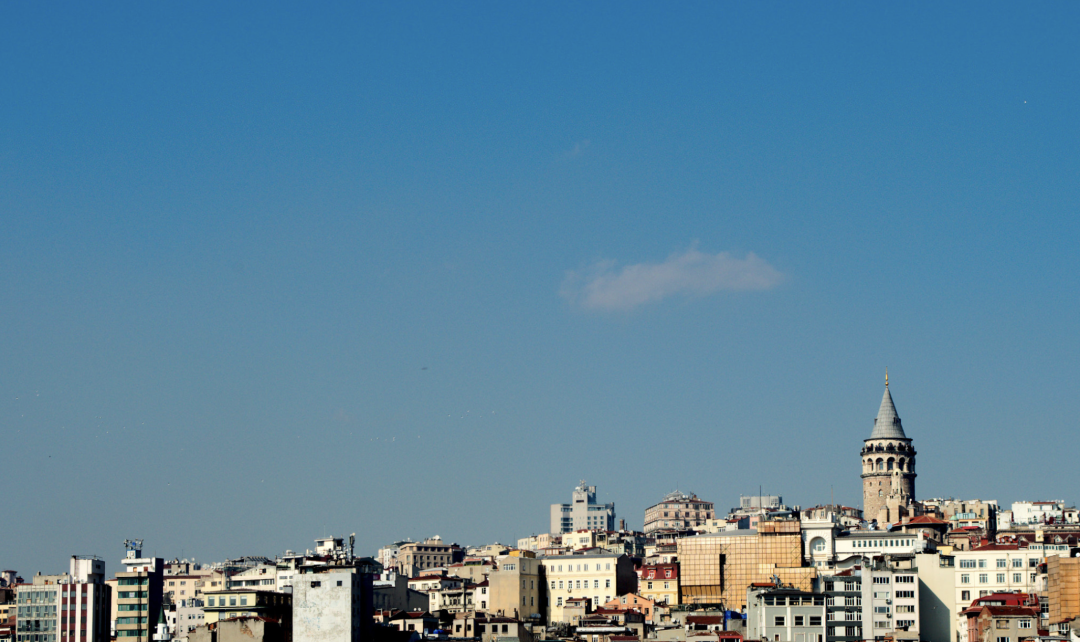
– **Ortaköy Mosque:** A seaside Baroque-style mosque influenced by European artisans. Although it is just a two-minaret mosque, its appearance is incredibly attractive.
– **Istiklal Street:** The main shopping street in the European Area alongside the cruise port. Istiklal Street is both vibrant and classic, with Taksim Square at one end and Galata Tower at the other, making it a bustling street for centuries.
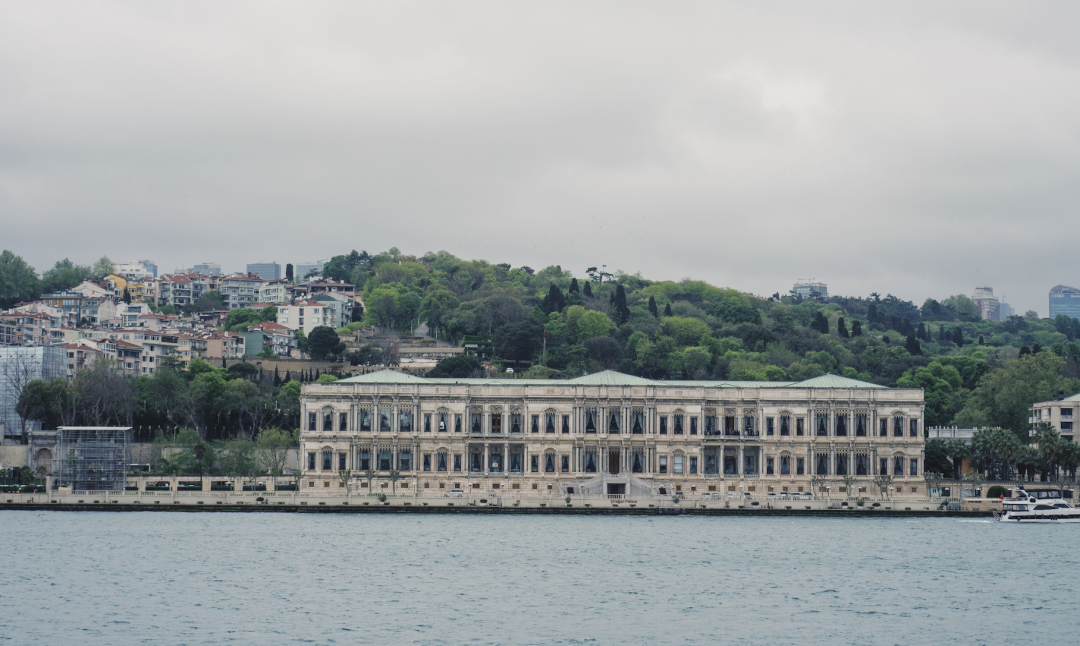
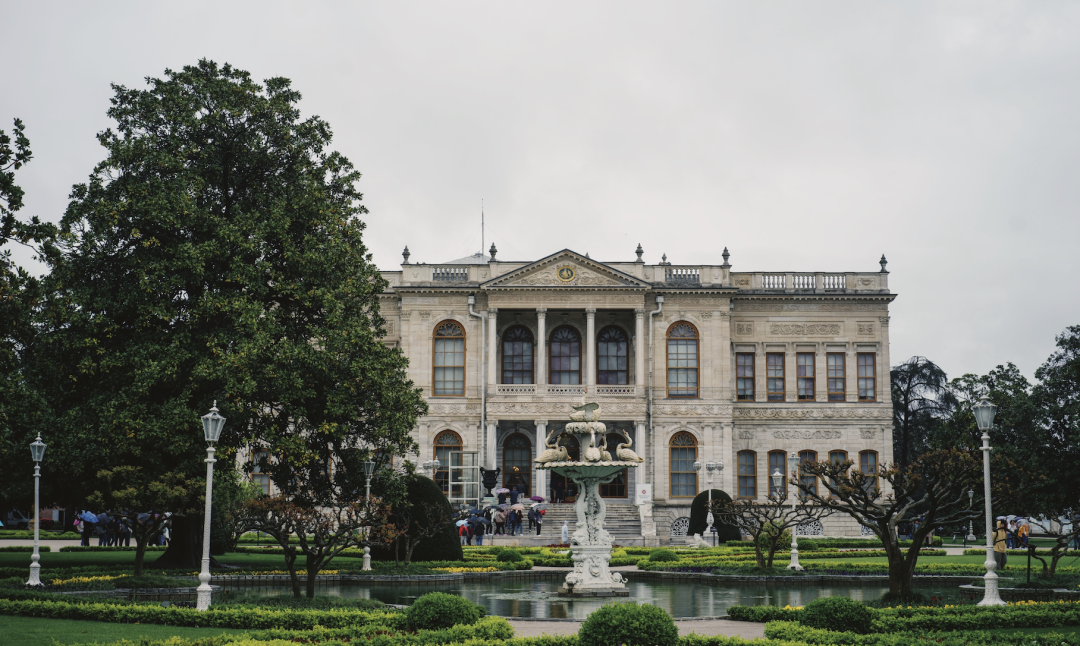
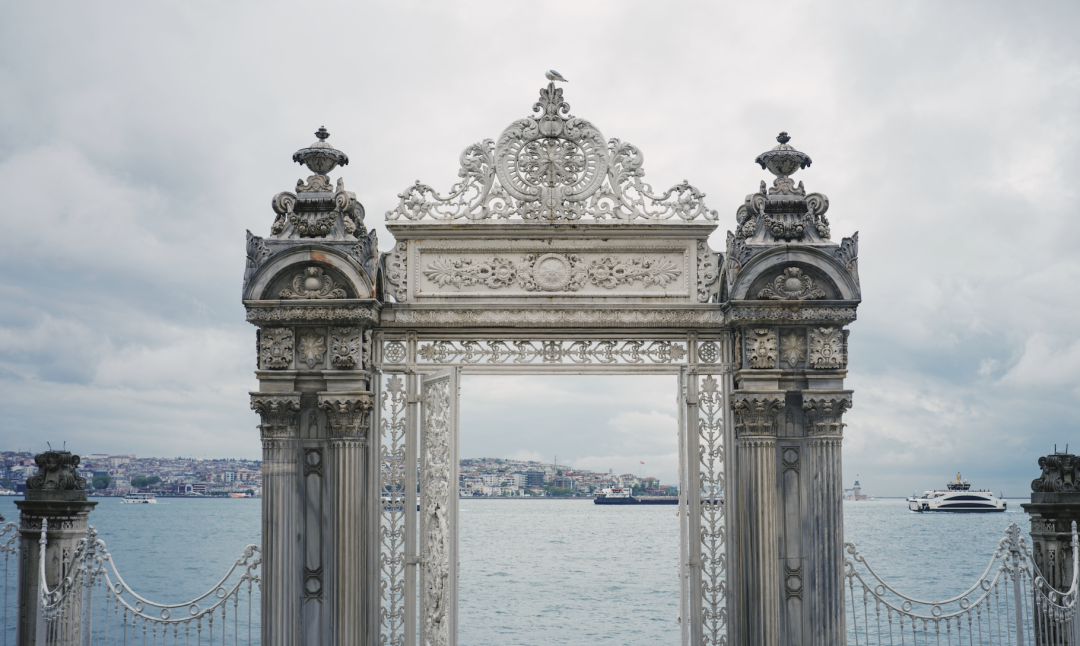
The largest Roman Catholic church in Istanbul is also located on Istiklal Street.

**Asian Area**
The Asian Area is relatively younger and more vibrant compared to other parts of Istanbul. However, most of Istanbul’s attractions are not located in this area. If you are only staying in Istanbul for 2-3 days, you might skip the Asian Area, but if you’re there for a longer duration, it’s worth exploring.
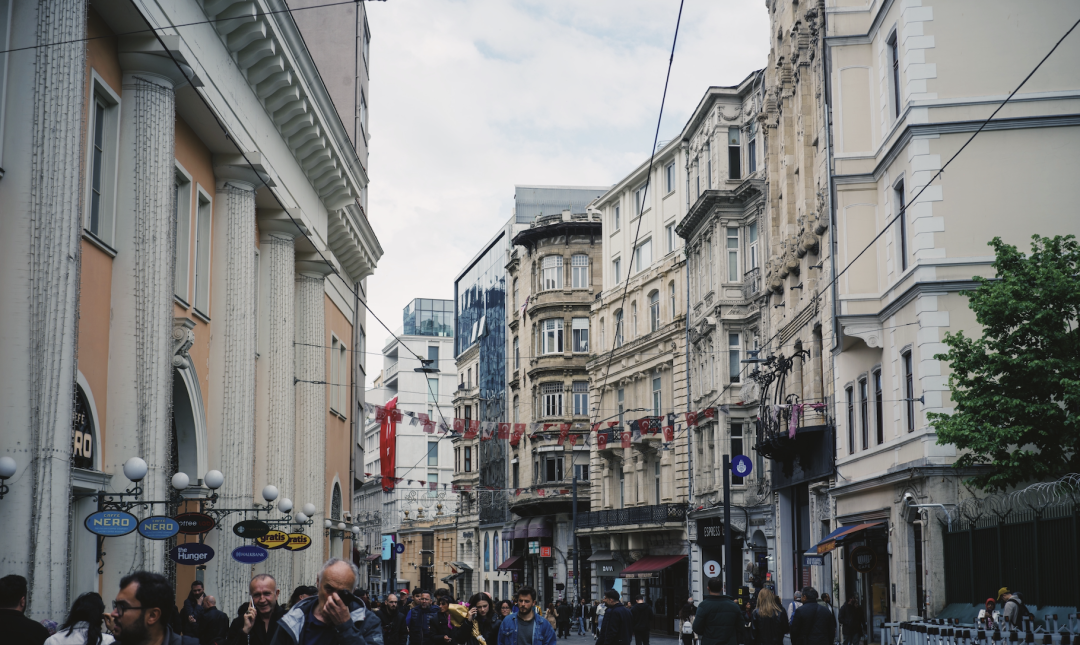
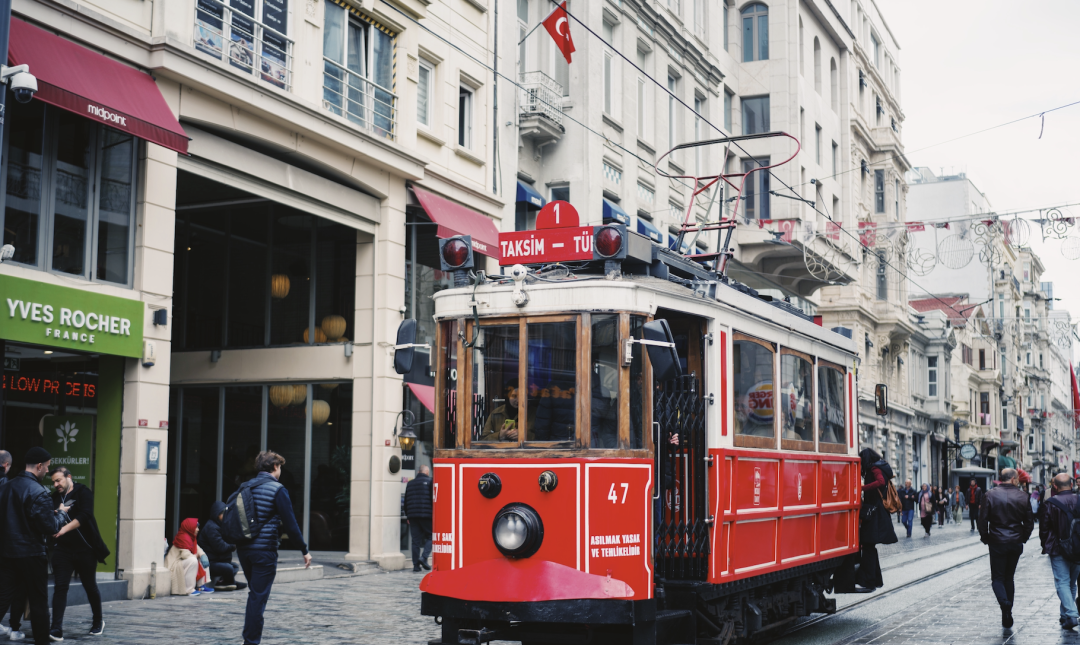
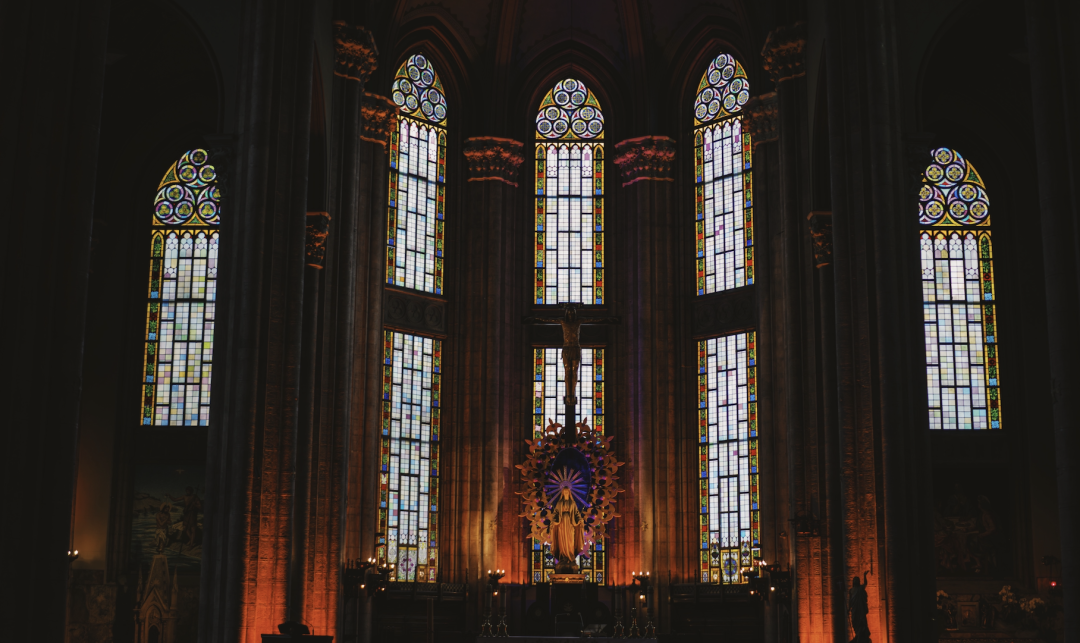
**Maiden’s Tower**
Maiden’s Tower is one of Istanbul’s historic buildings that best reflects the city’s charm, situated on the sea. It has recently been restored and is open to visitors.
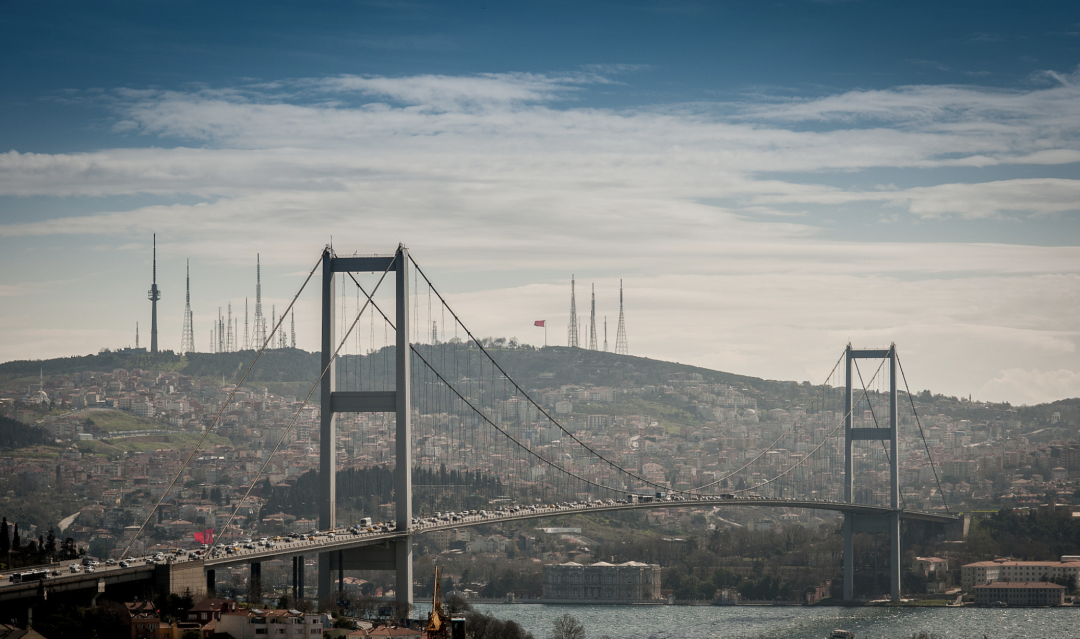
Additionally, it’s recommended to take a boat ride on the Bosphorus Strait. This way, you can enjoy the scenery of Istanbul from the water, allowing for a view of the Asian Area, European Area, and European Historic District all at once. Most sightseeing boats operate for about 90-120 minutes; I suggest choosing a day with pleasant weather. My selection on a rainy day didn’t capture the beauty of the Bosphorus.
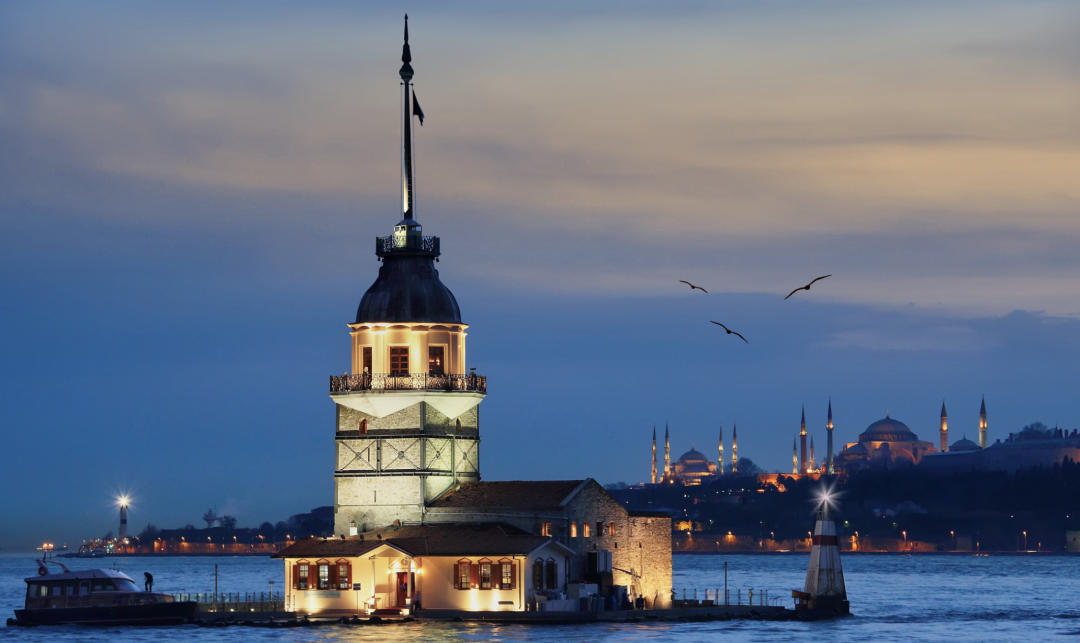
The weather was much nicer on the second day, giving the strait a much more appealing look.
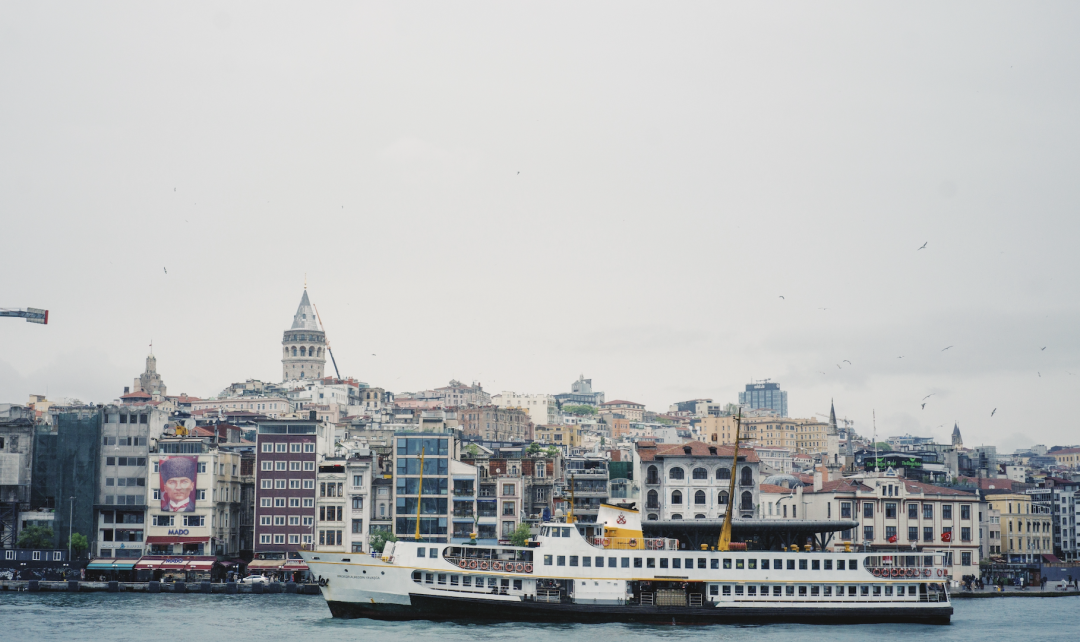
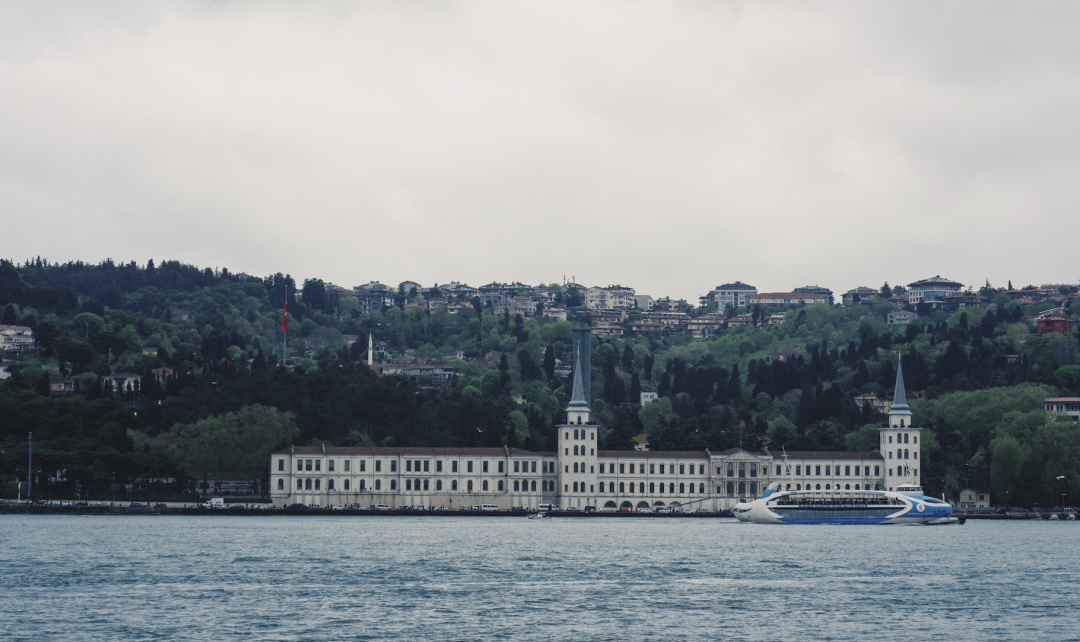
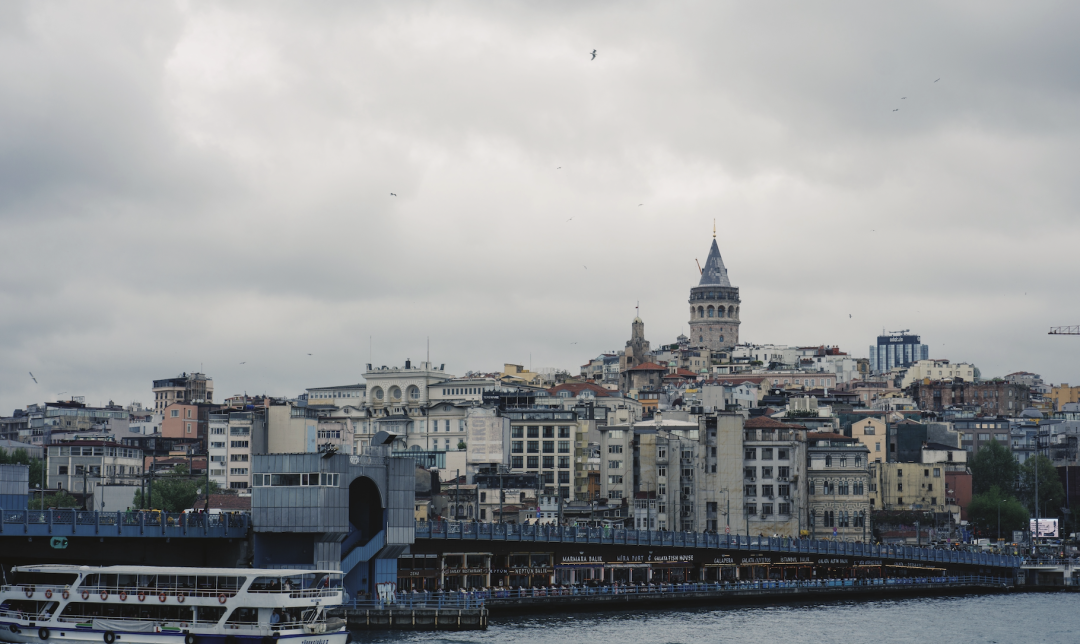
After discussing how to explore by area, let’s talk about exploring by interests.
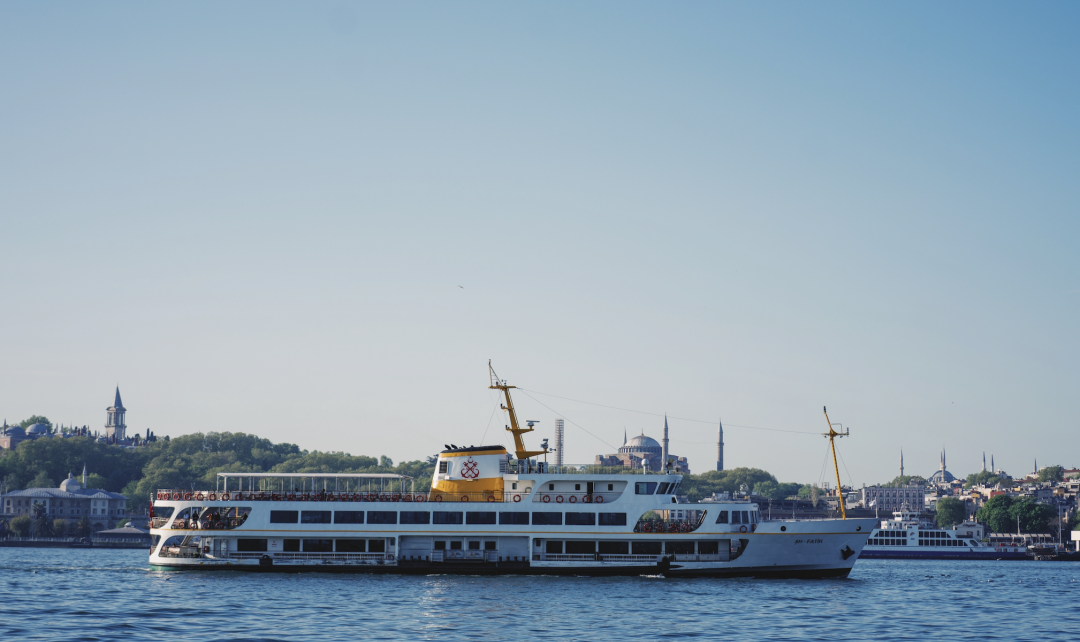
**Exhibitions**
– **Istanbul Museum of Modern Art:** Designed by the renowned architect Seddad Hakki Eldem, it is visually striking and located near the seaside cruise port.
– **Istanbul Archaeological Museum:** Home to thousands of artifacts from ancient Greek, Roman, and Egyptian periods. If you are interested in history, it’s highly recommended.
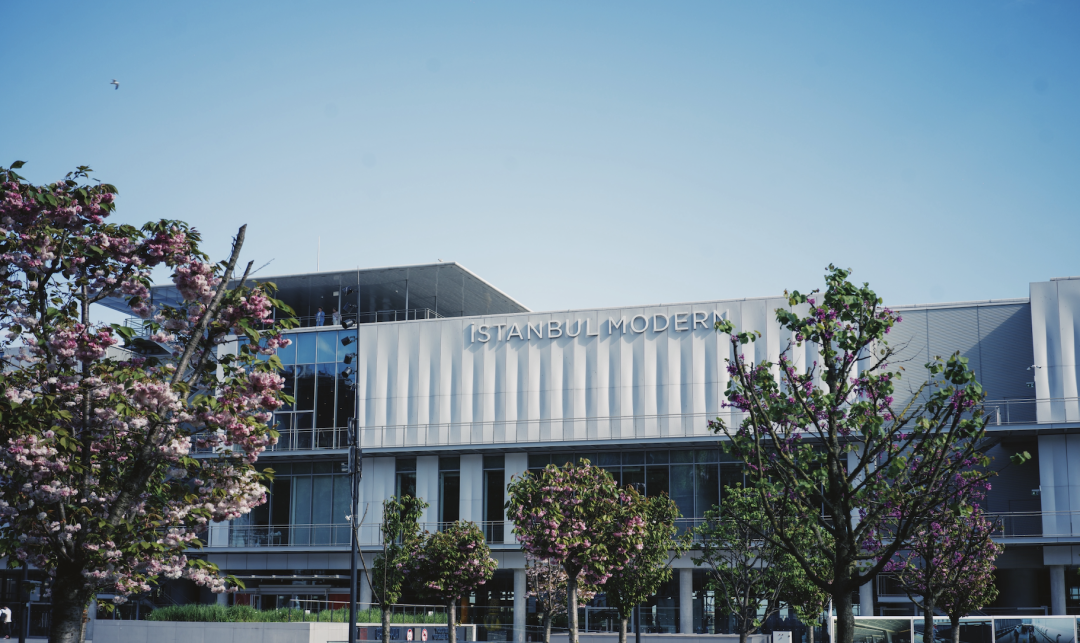
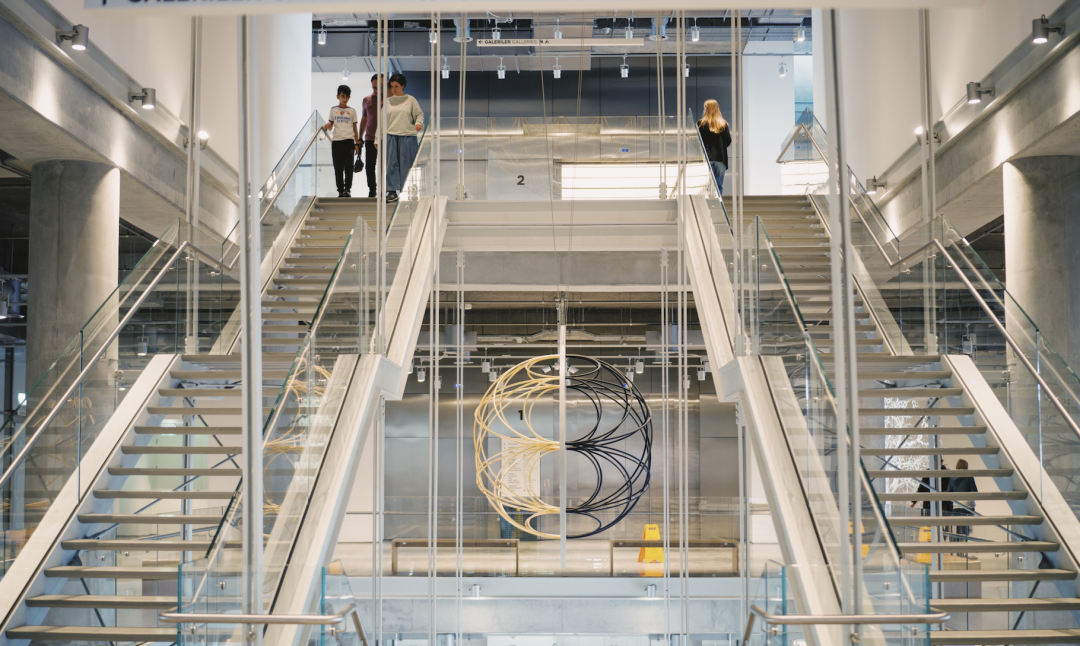
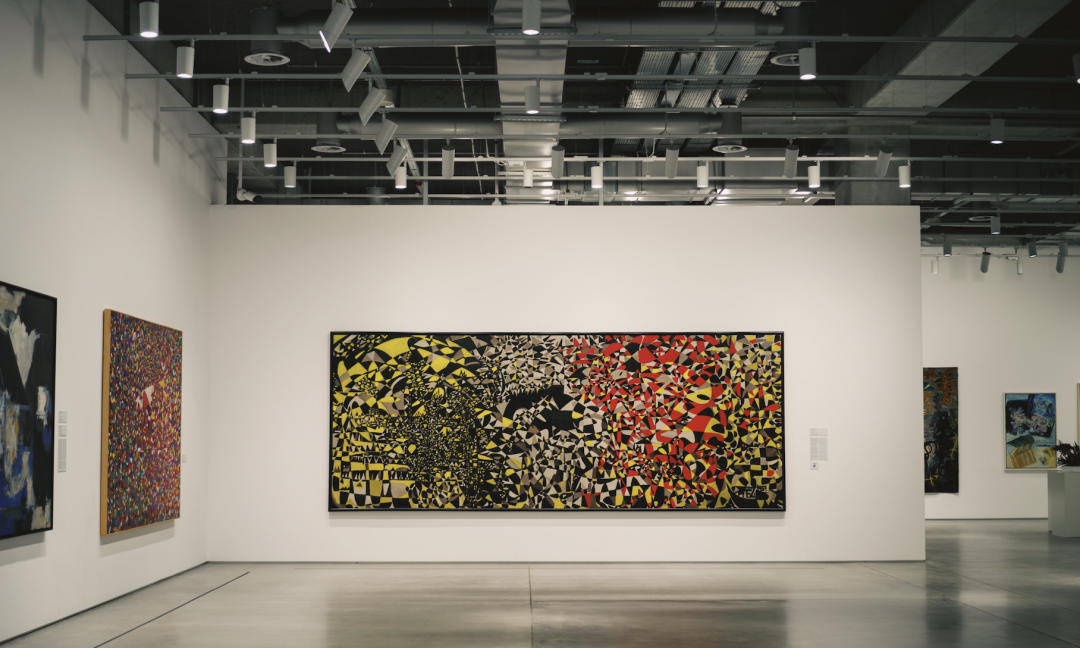
**Cat Lovers**
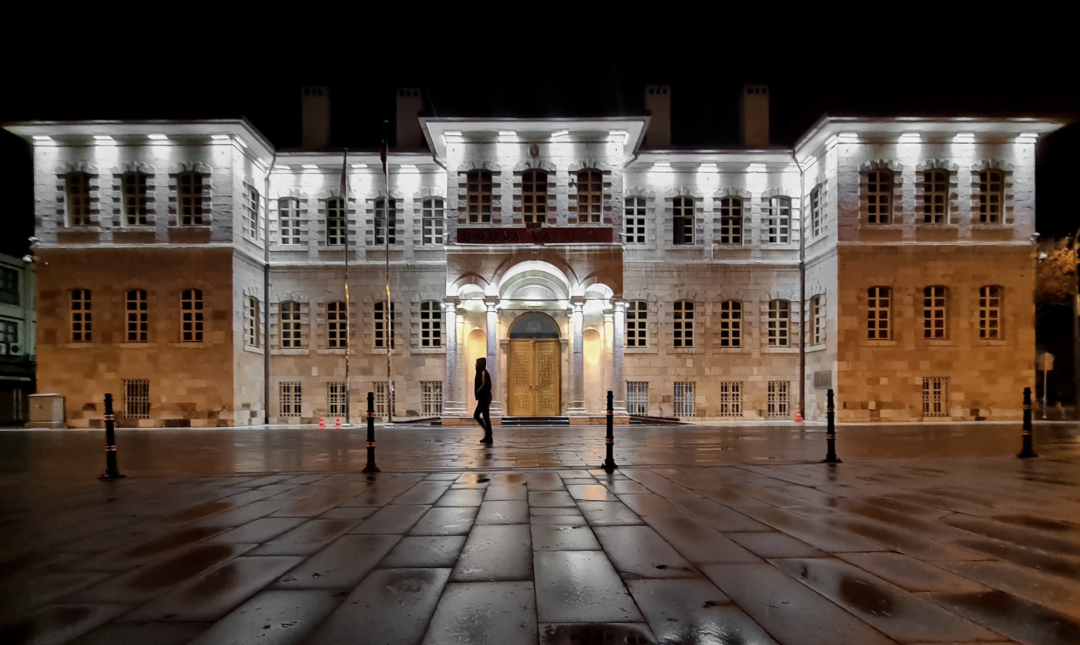
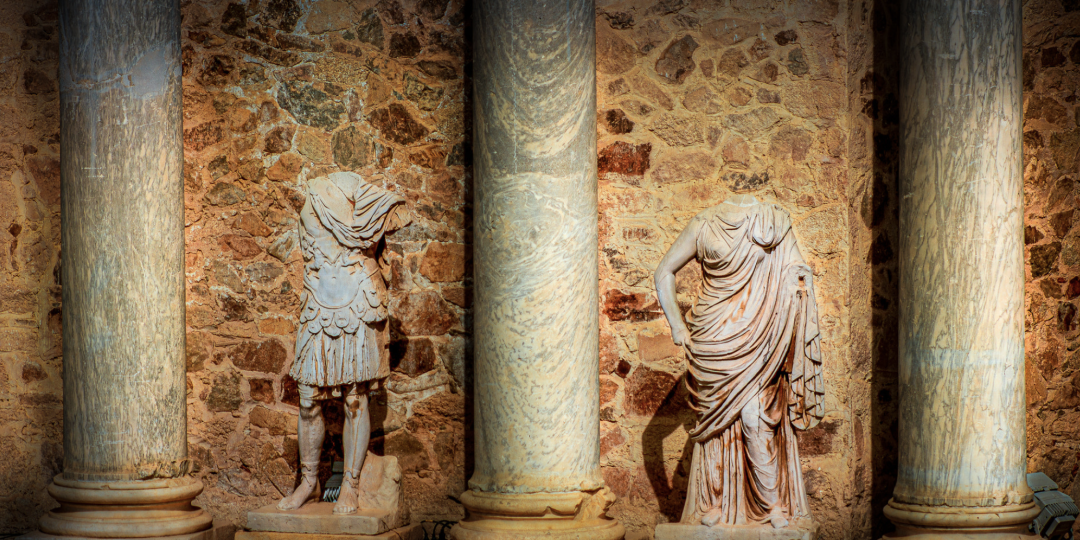
Istanbul is famously a city of cat lovers, with cats seen everywhere. A documentary called “Kedi” (Cats of Istanbul) beautifully highlights the relationship between the city and its feline residents.
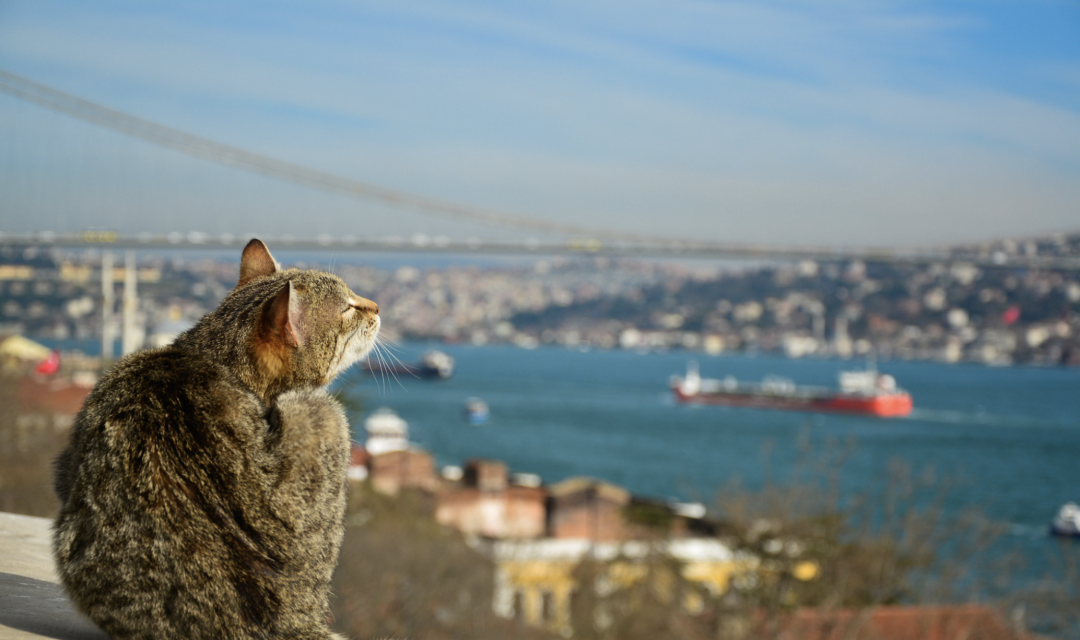
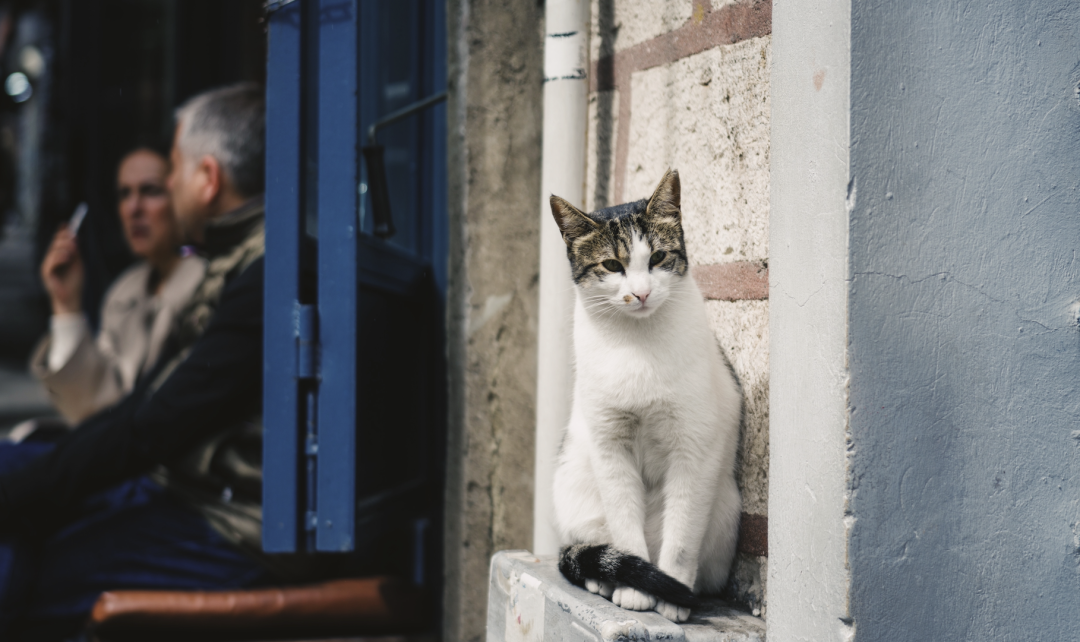
**Authentic Turkish Bath**
Turkish baths are one of the oldest and most legendary bathing traditions in the world, characterized by the use of marble to dissipate heat and relieve fatigue while lying down in relaxation. The Turkish Bath at the Istanbul MO is quite reputable.
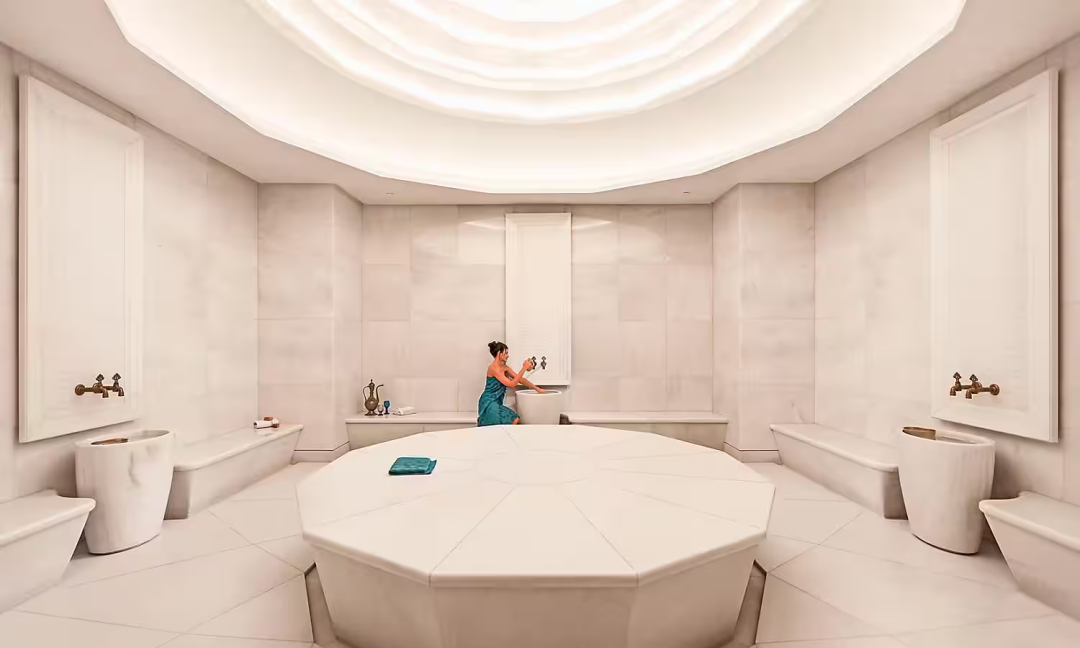
Istanbul also has a hookah culture, which I don’t know much about; however, this trip saw me staying at MO and the Peninsula, where a seaside restaurant is specifically dedicated to shisha. I inquired locally and found that it is quite popular in the area.
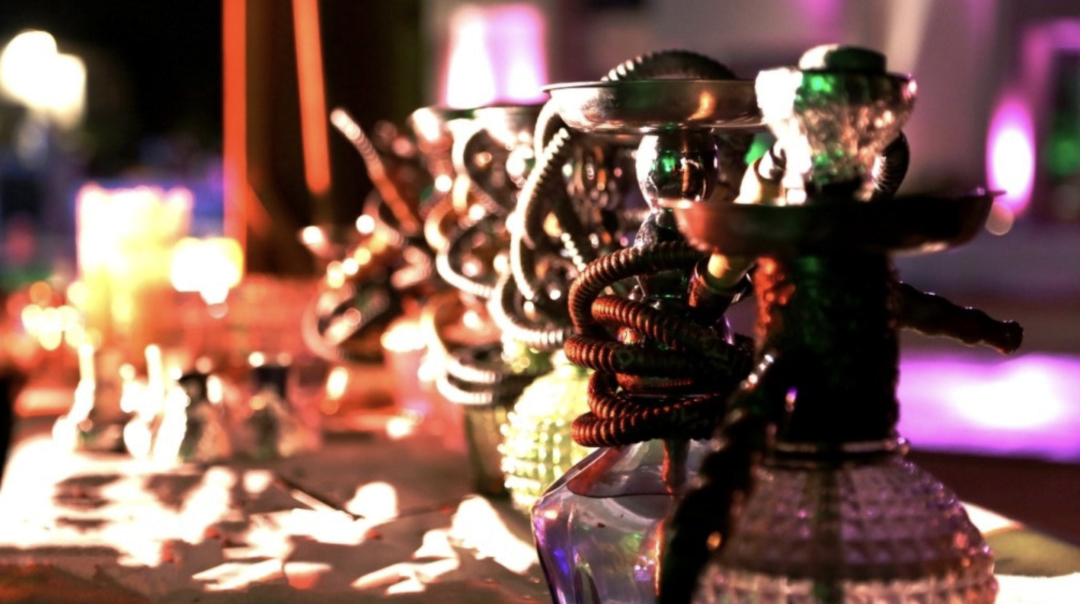
3) **Transportation in Istanbul**
I do not recommend taking taxis as traffic in Istanbul can be exceedingly congested, especially in the historic district. The light rail offers the most convenient mode of transportation.
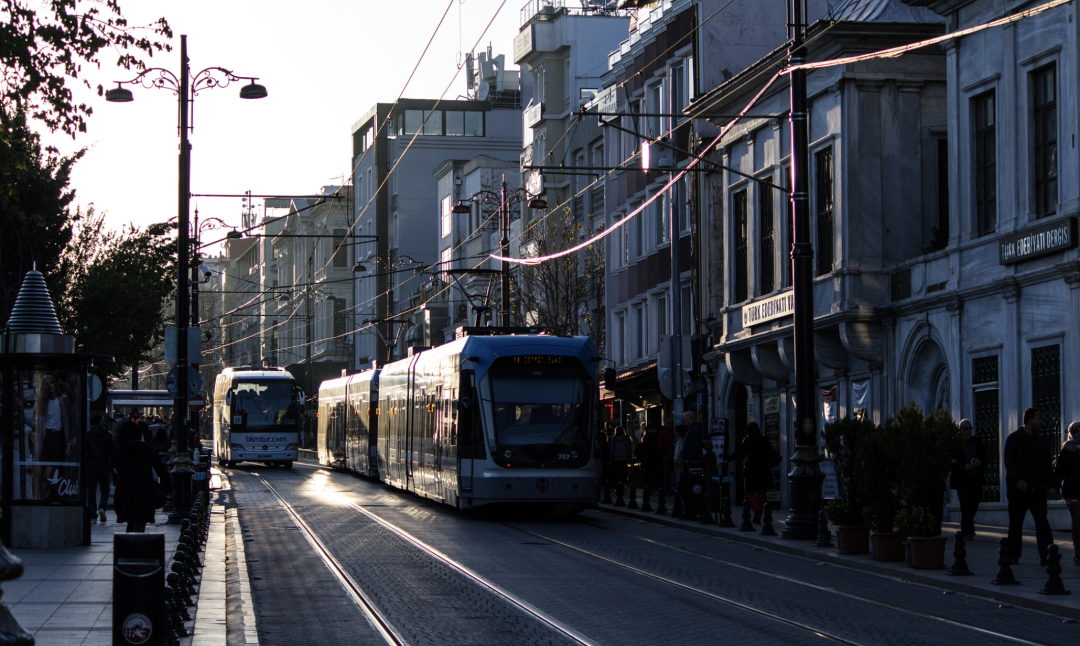
I suggest getting a rechargeable transportation card, which is available in Chinese and very easy to use. Once you have the transportation card, you can freely use Istanbul’s light rail. This card can be shared among multiple users; just grab one card for a group. It’s convenient to tap on at entry and there’s no need to tap off upon exiting. Major tap points are generally located near T1 and T5 line stations.
There are also hop-on, hop-off tourist buses in Istanbul, although I can’t fully recommend them due to the lack of a Chinese audio guide and the extreme congestion on the roads.
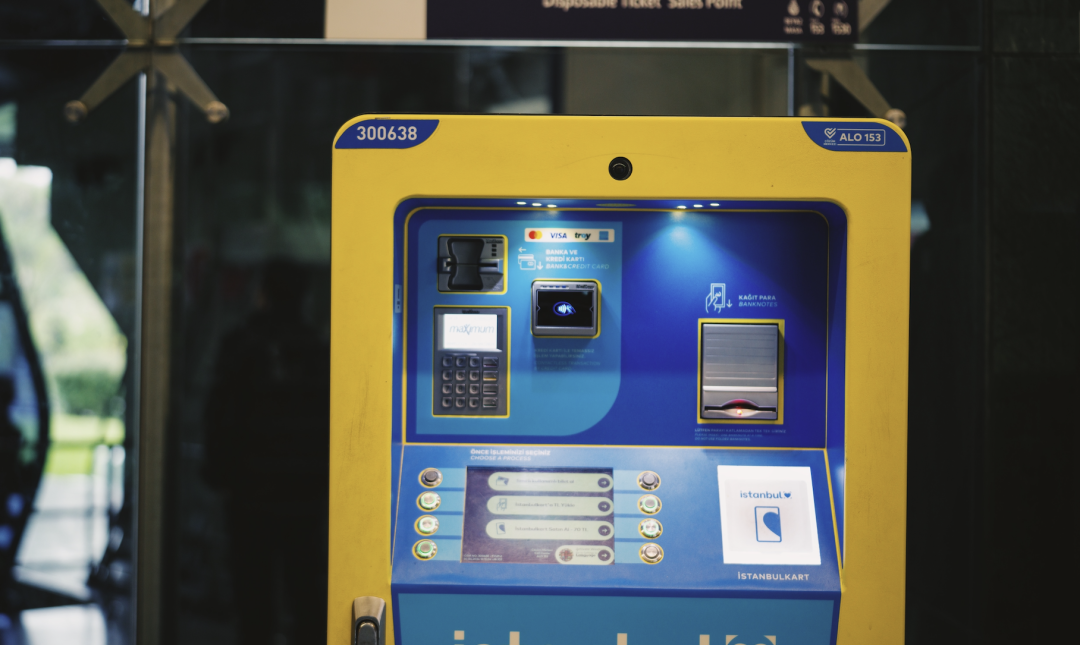
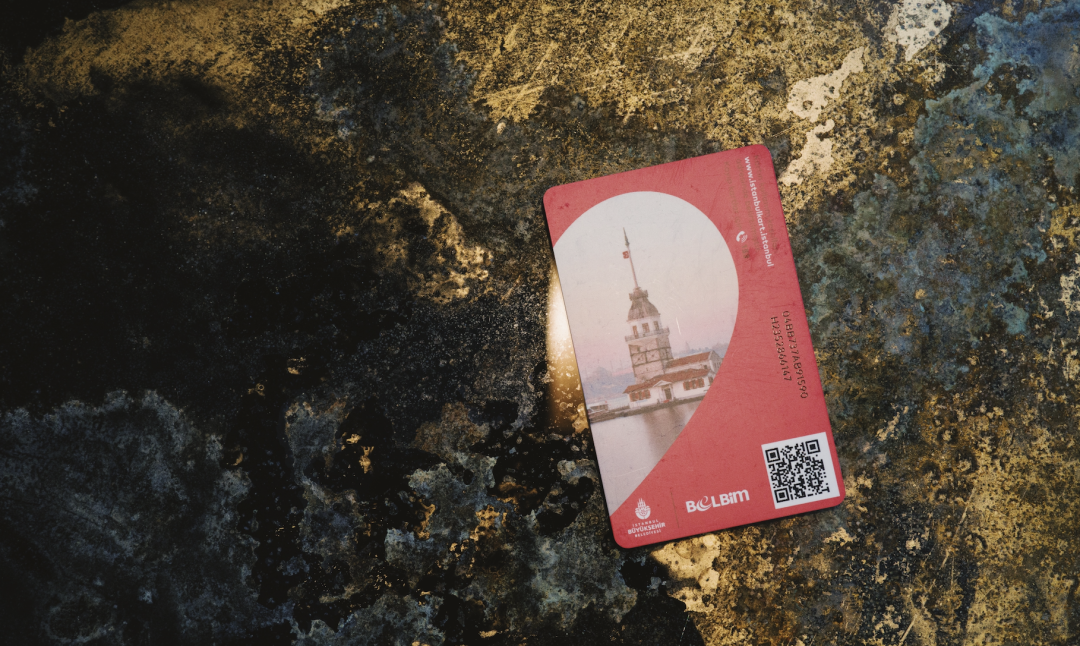
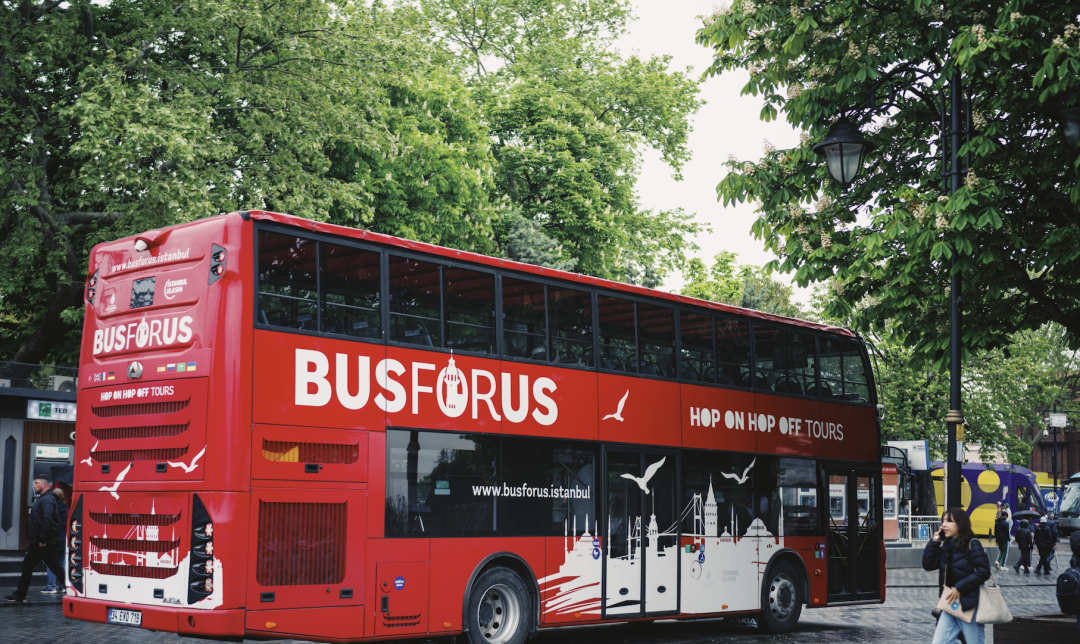
4) **When to Travel to Istanbul**
The months of March to May and October to December tend to be rainy; January and February can be very cold, while June to October are regarded as the best travel months for Istanbul.
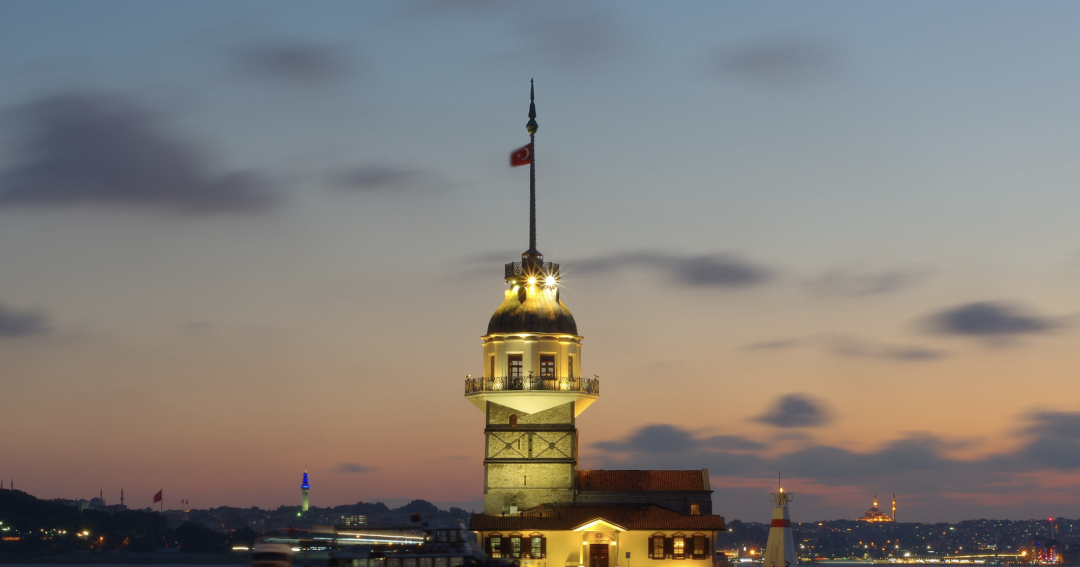
5) **Recommended Accommodations in Istanbul**
I recommend staying in the European Historic District or along the European area’s seaside. Most hotels in the Historic District are older but full of character. I recommend the Four Seasons Sultanahmet; I stayed here on my previous visit and it has been converted from a prison, within walking distance to Hagia Sophia, Blue Mosque, and Topkapi Palace.
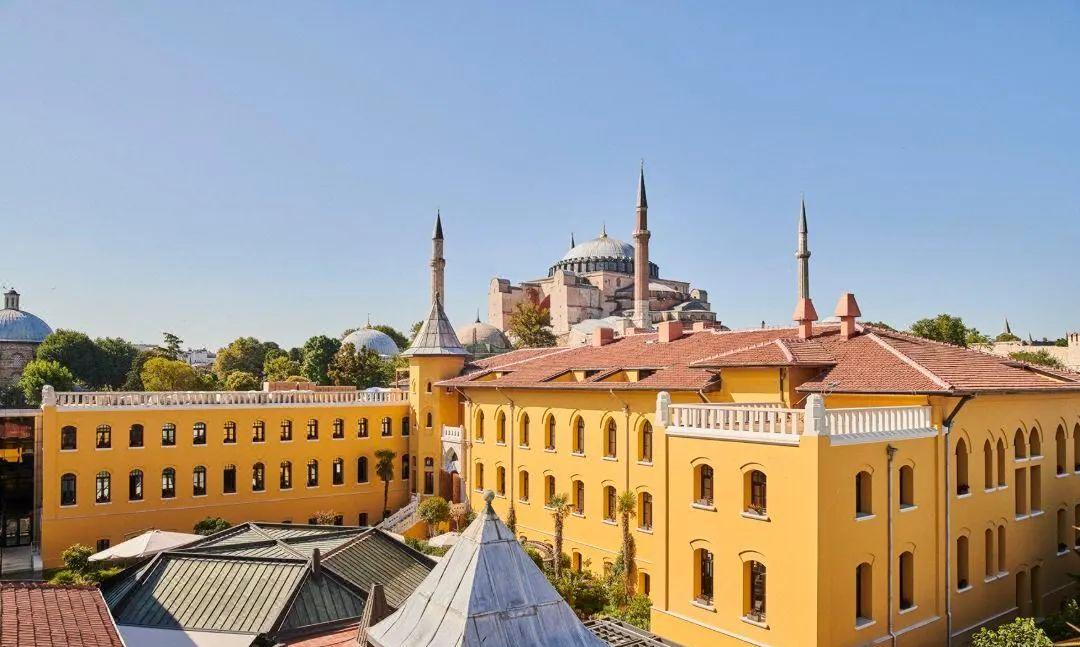
The European area by the sea has a mix of both new and quality hotels. The Peninsula, MO, Shangri-La Bosphorus, Four Seasons at the Bosphorus, and Kempinski are all located here, known for their beautiful views and relatively newer facilities.
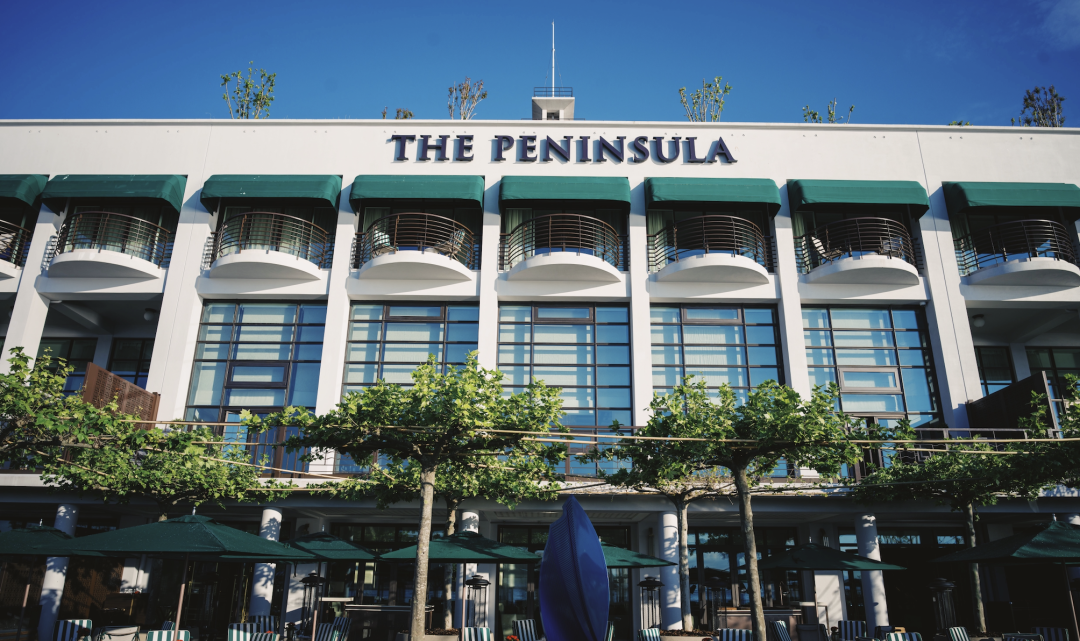
Other areas are not as recommended primarily because they are not as tourist-friendly. By the way, the Peninsula truly stands out in Istanbul.
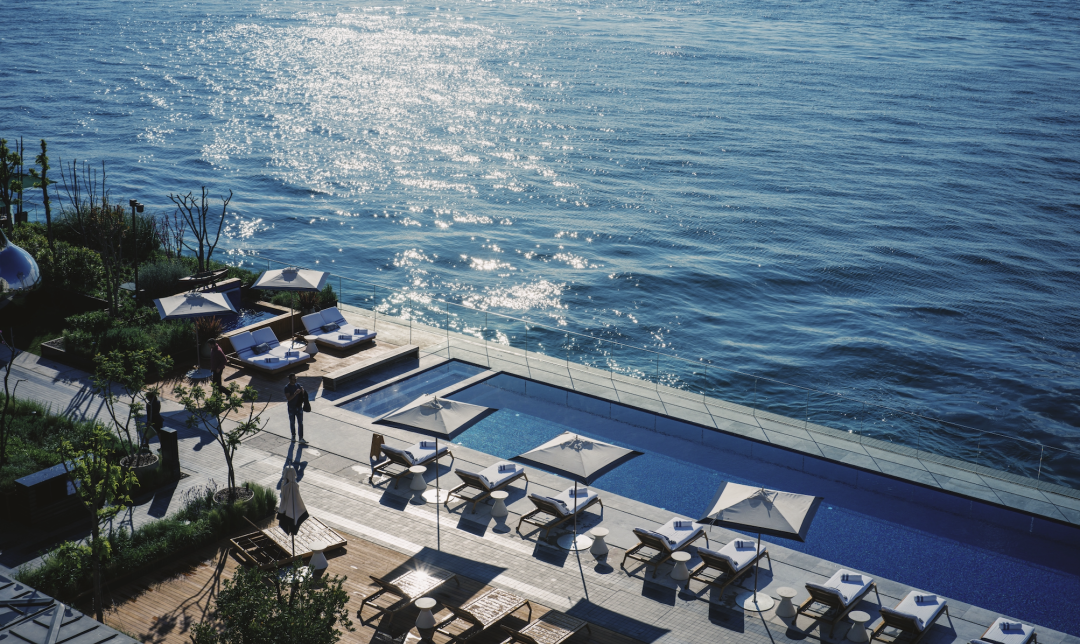
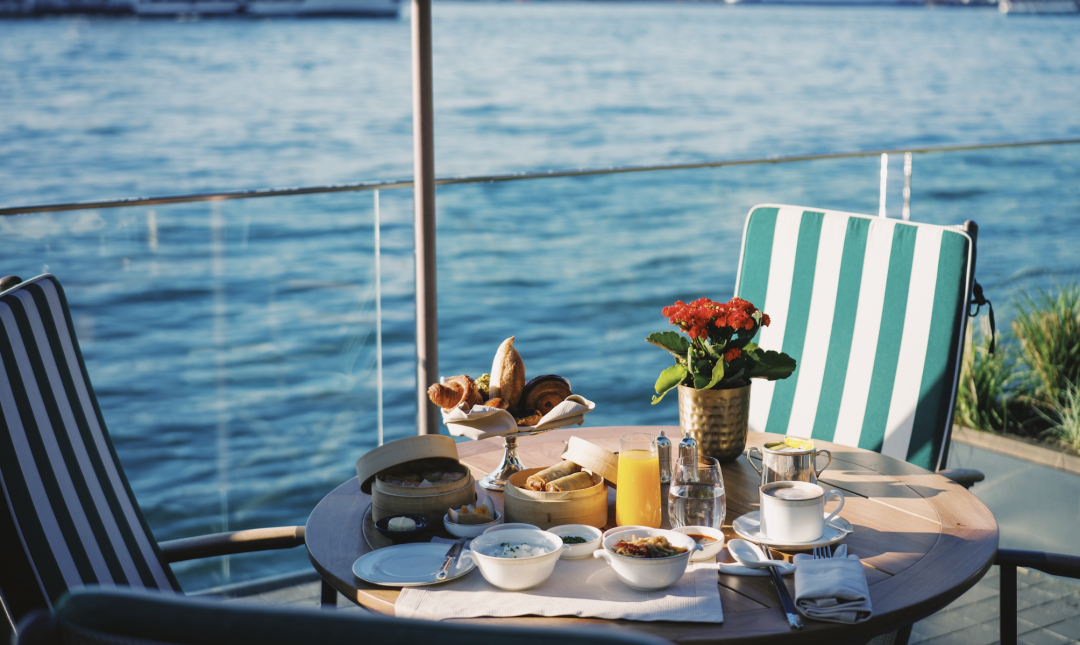
6) **Recommended Apps for Traveling in Istanbul**
– Maps: Google Maps
– Translation: Youdao Translator
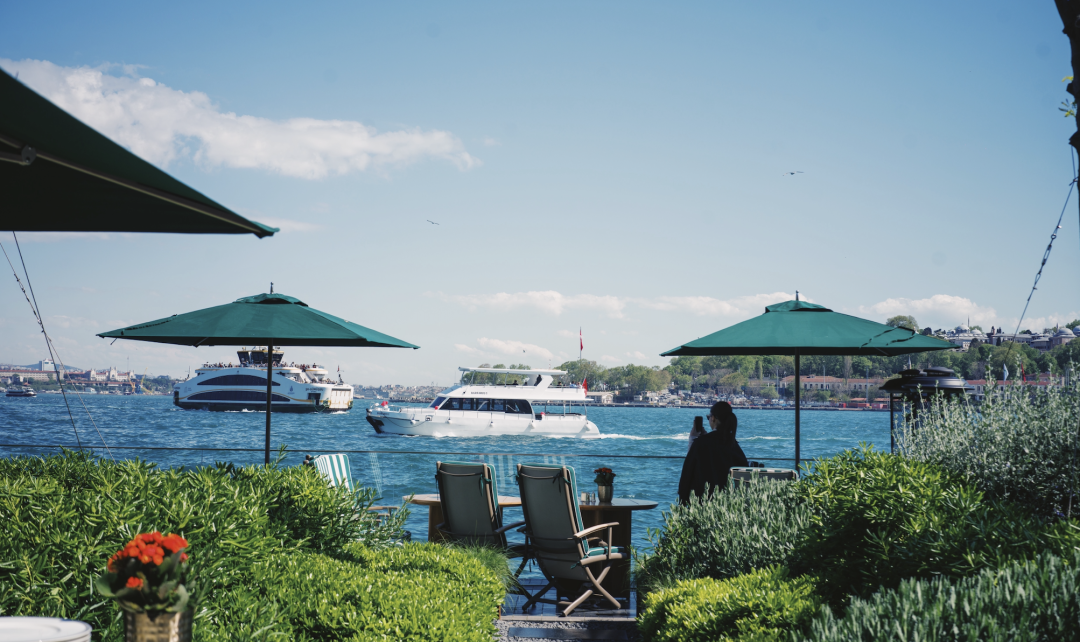
– Metro (Light Rail): Metrolstanbul
**Suggested Itinerary for Istanbul:**
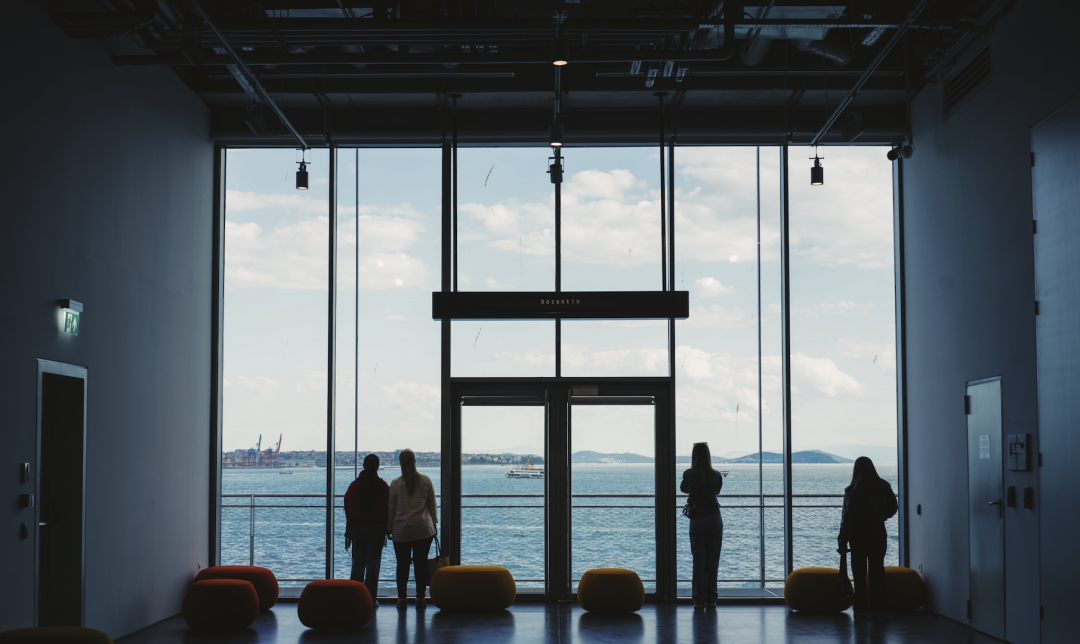
For a two-day visit, spend one day in the European Area and one day in the Historic District.
For a three-day visit, add another day in the European Area to take a Bosphorus cruise, explore art galleries, and discover interesting cafes.
**Travel Tips for Istanbul:**
– The capital of Turkey is Ankara, not Istanbul.
– Women are required to wear headscarves when entering mosques and churches. Most mosques provide scarves at the entrance (which must be returned), but it’s advisable to bring your own.
– Public restrooms charge a fee, so be prepared with small change in lira.
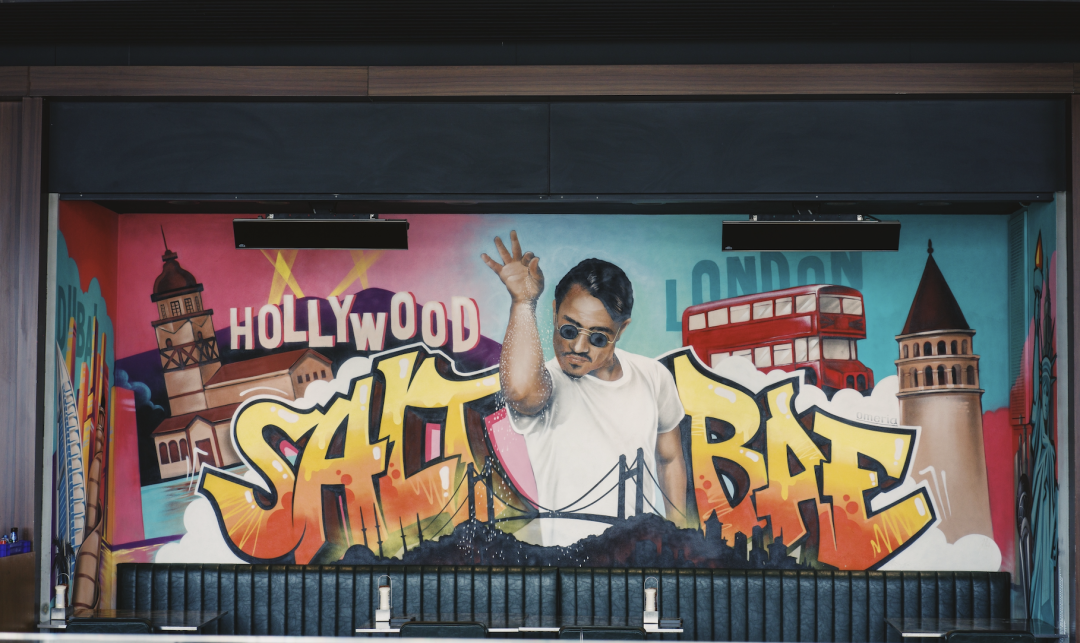
– Mobile data can be expensive, with telecom costs around 55 yuan per day.
– Foreign visitors typically pay significantly higher ticket prices than locals (roughly ten times more).
– Salt Bae’s restaurants are essentially chain restaurants in Istanbul, not much better compared to KFC or McDonald’s.
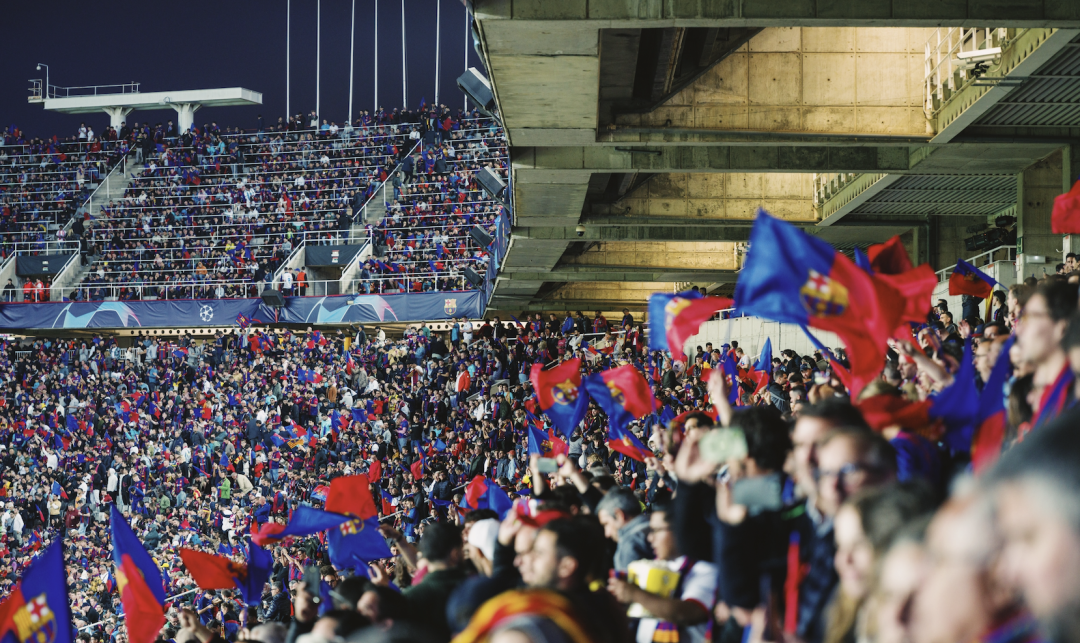
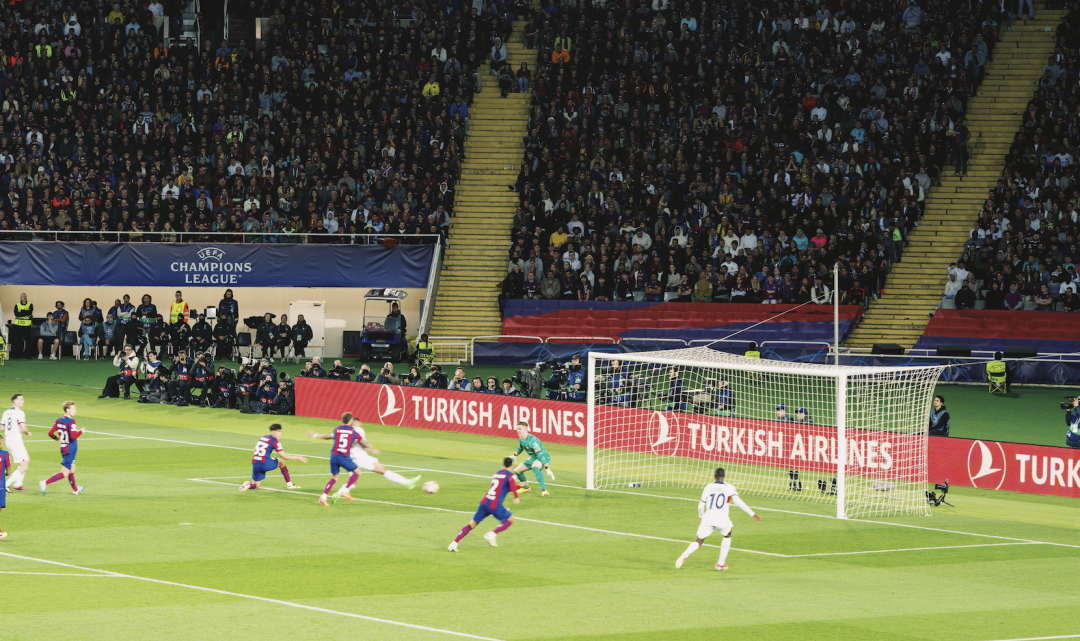
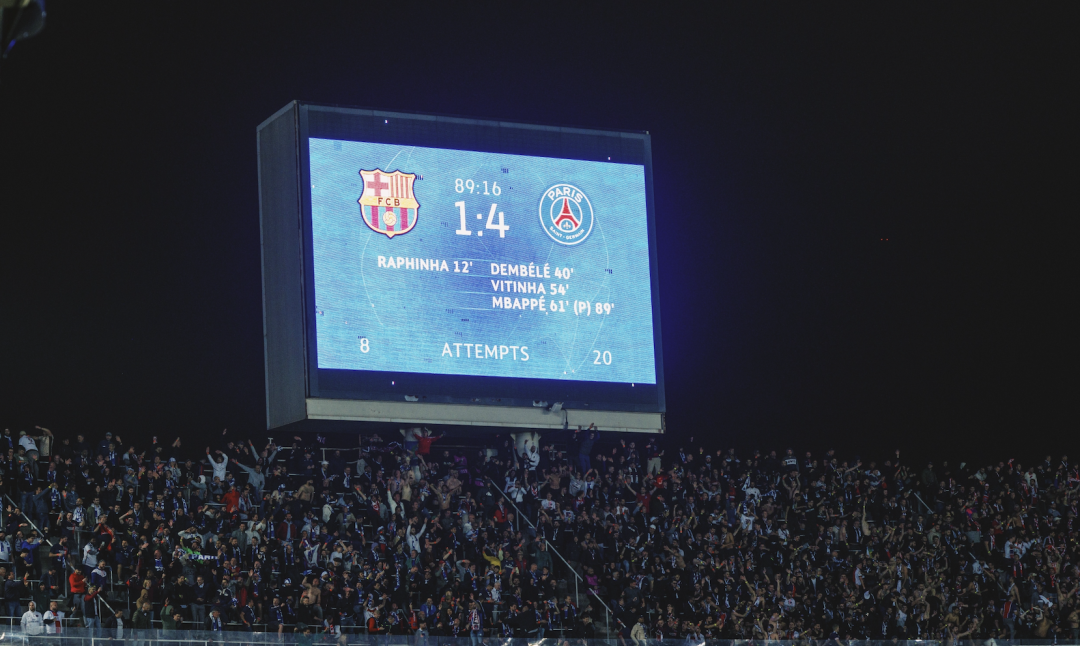
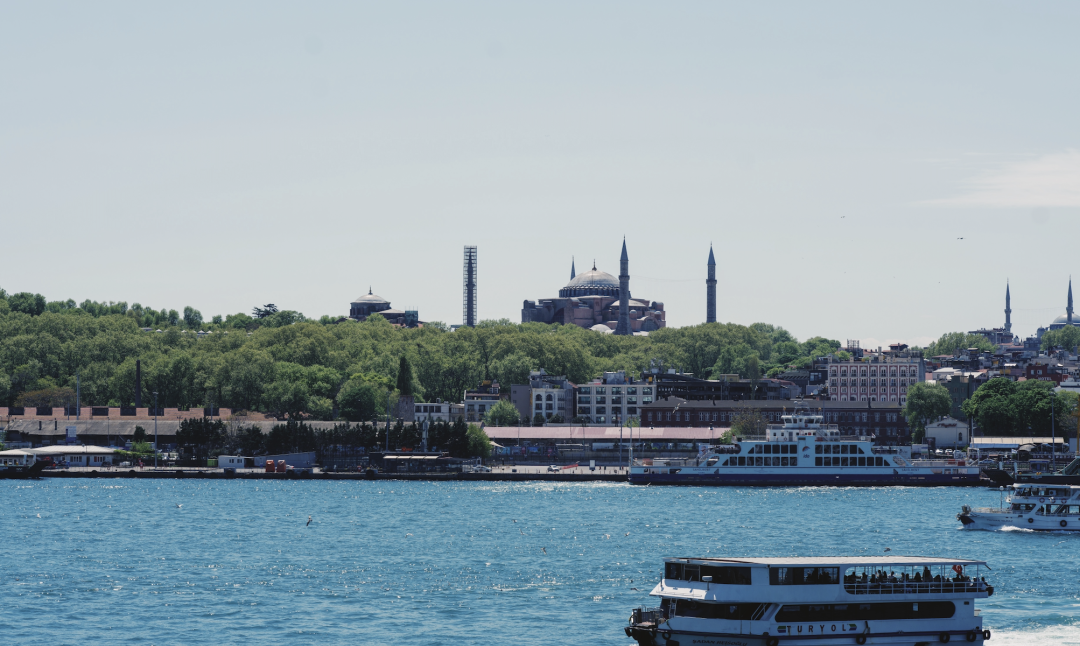
Finally, I want to express my gratitude to Turkish Airlines. My trip was sponsored by Turkish Airlines, primarily to go to Barcelona for the Champions League, with a layover in Istanbul. Turkish Airlines is a sponsor of the Champions League, so I was invited to watch a match, giving me the opportunity to witness a 1:4 defeat of Barcelona.
Because of this itinerary, I used Istanbul for layovers both ways, which allowed me to experience the city more deeply and compile this guide.
If you’re traveling to Turkey, I really recommend Turkish Airlines.
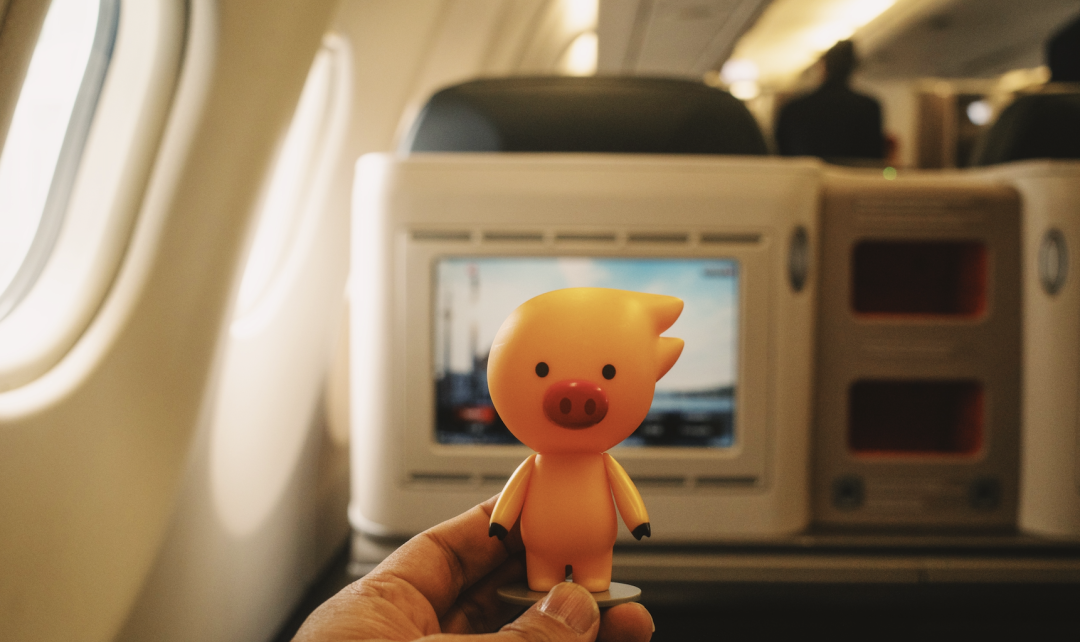
1) Turkish Airlines has a powerful flight network. It serves more countries than any other airline, covering six continents, 130 countries, and 346 destinations. I flew with Turkish Airlines when I went to London; the return from Lisbon to Shanghai was with Turkish Airlines; even when I returned from Buenos Aires to Shanghai, it was with Turkish Airlines. This time, I mainly traveled to Paris and Barcelona, flying Turkish Airlines both ways and planning my Istanbul itinerary during the layover.
2) Turkish Airlines serves fantastic food. They are known for having chefs onboard flights, providing a unique dining experience.
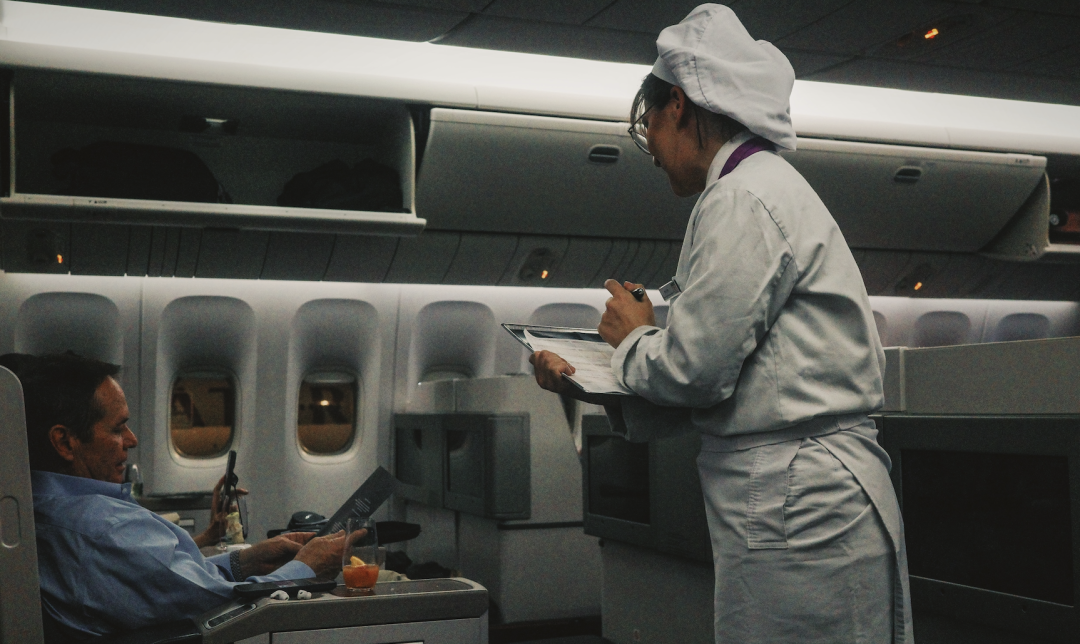
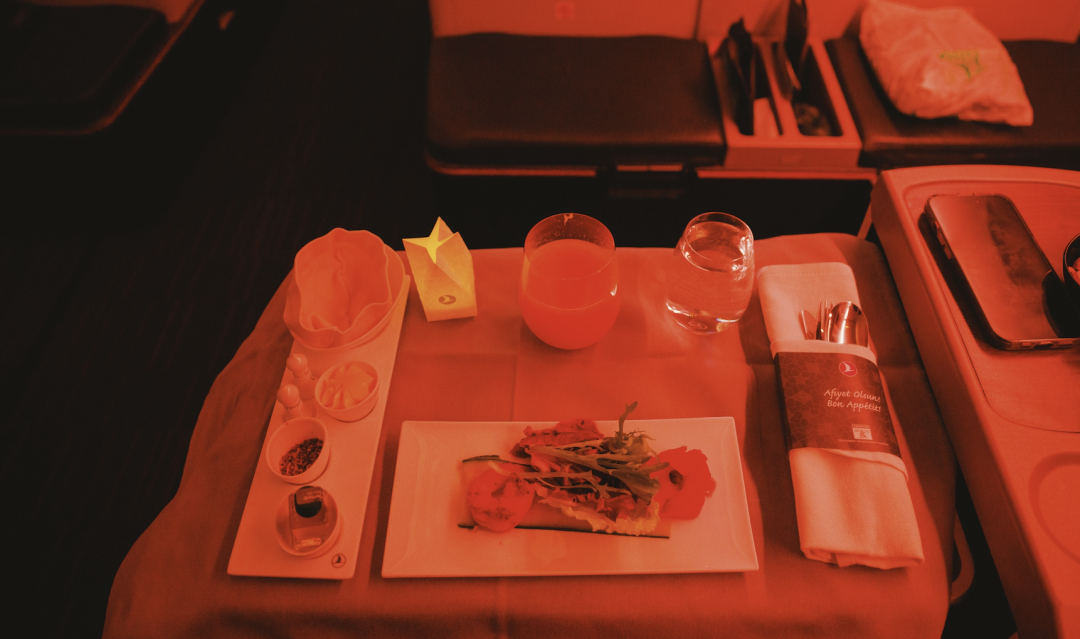
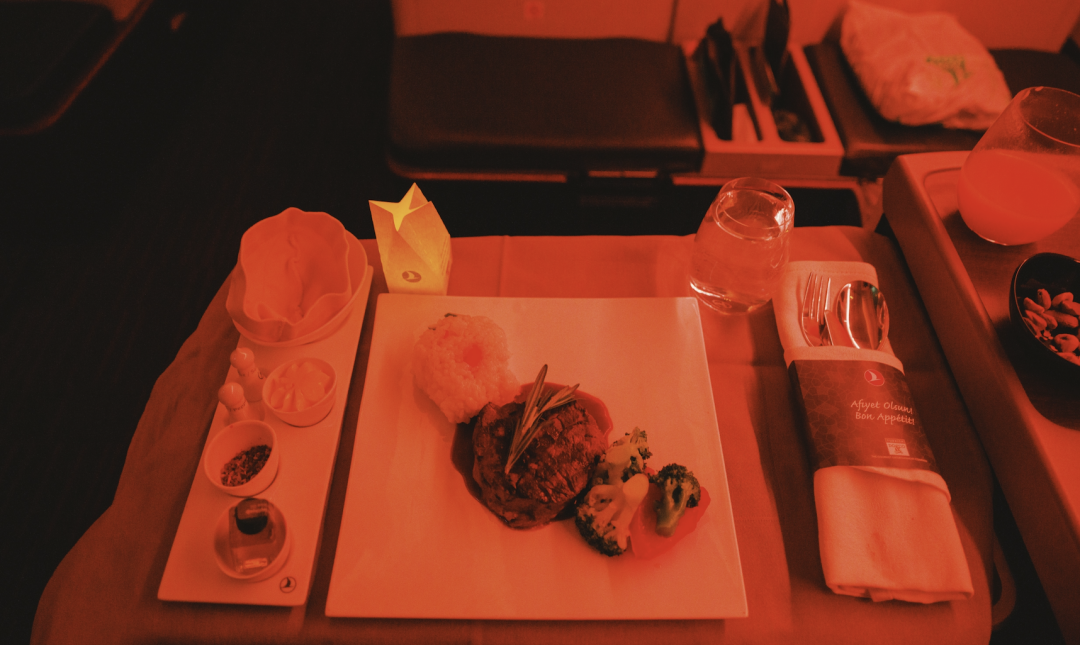
3) Turkish Airlines has excellent service. Although the entire crew is foreign, each flight from or to China is staffed with at least one Chinese-speaking flight attendant, ensuring smooth communication. Plus, there’s free Wi-Fi on the plane (though this is generally a business class feature).
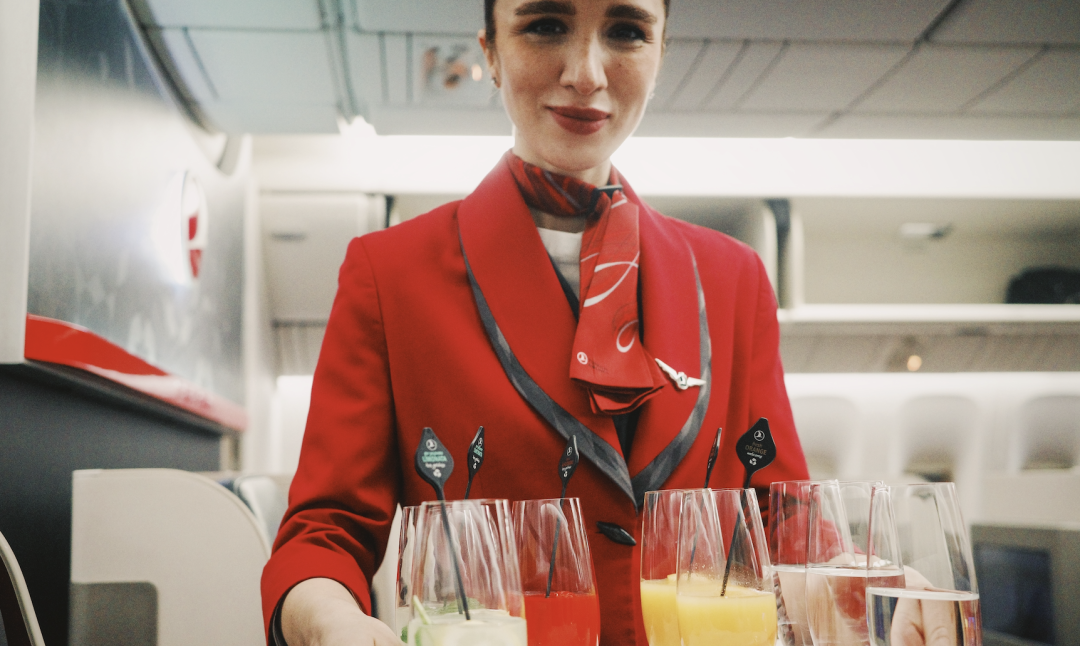
4) Complimentary layover hotel stays are available. Economy class passengers with layovers exceeding 20 hours get one night in a complimentary four-star hotel, while business class passengers receive two nights in a complimentary five-star hotel. The Turkish e-Visa is very convenient, and utilizing Turkish Airlines’ transit policies to explore Istanbul provides tremendous value.
5) Free layover excursions are available too. Passengers with international layovers lasting between six and 24 hours can apply for complimentary city tours in Istanbul, which include transportation, a guide, and meals (when applicable). I randomly screenshot one of the free layover tours, which comprehensively covers many classic spots.
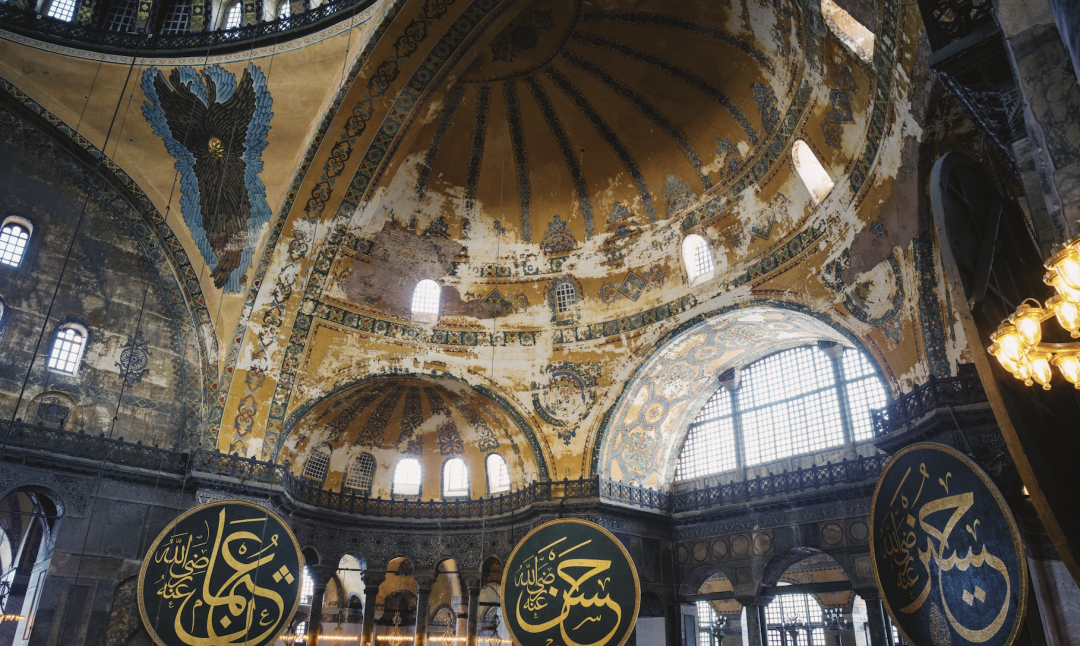
Moreover, Istanbul Airport is genuinely worth exploring. It’s particularly friendly for Chinese travelers, featuring clear Chinese signage (especially on large campus screens), accepting UnionPay and WeChat payments, providing free Wi-Fi, and offering plenty of options for shopping and dining.
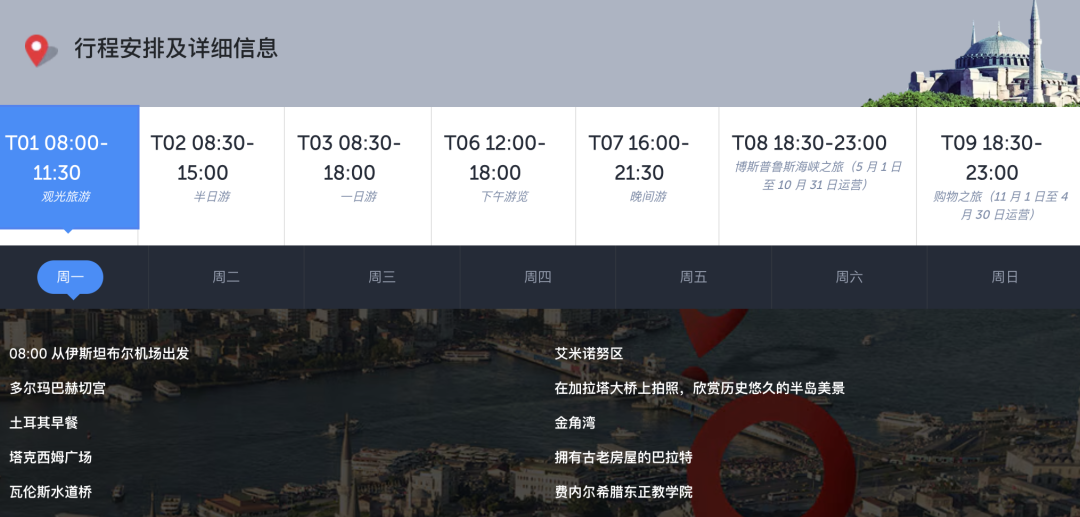
If you enjoy traveling, don’t forget to follow and bookmark my public account!
I am Jisu CaiCai, the main editor of the Xiyou public account, and a travel blogger skilled in combining journeys with airlines, hotels, and credit cards.
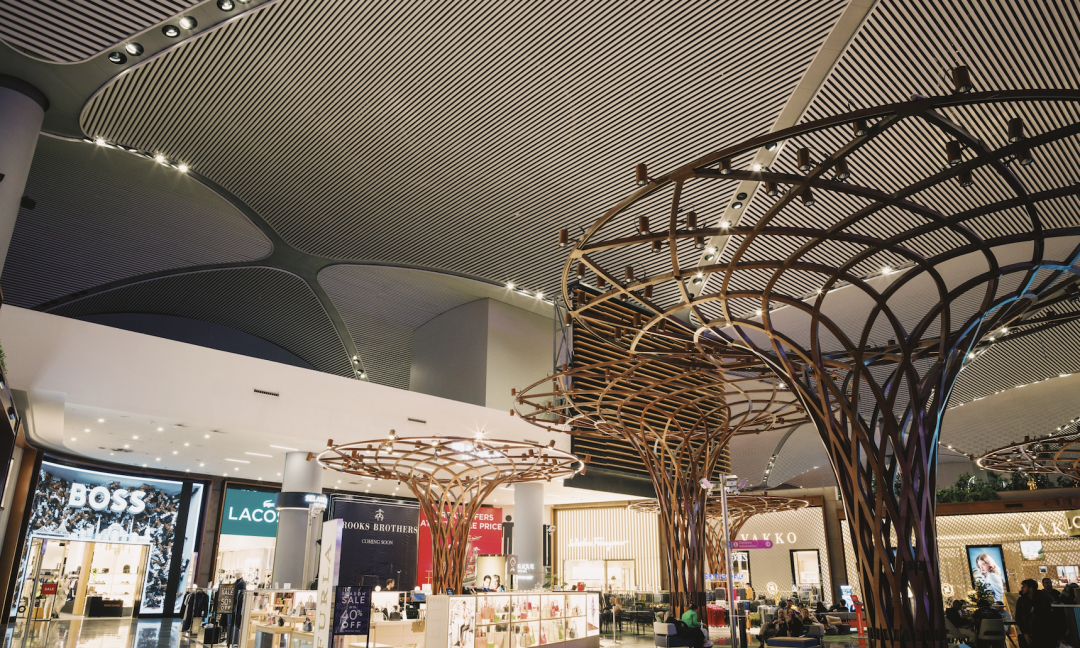
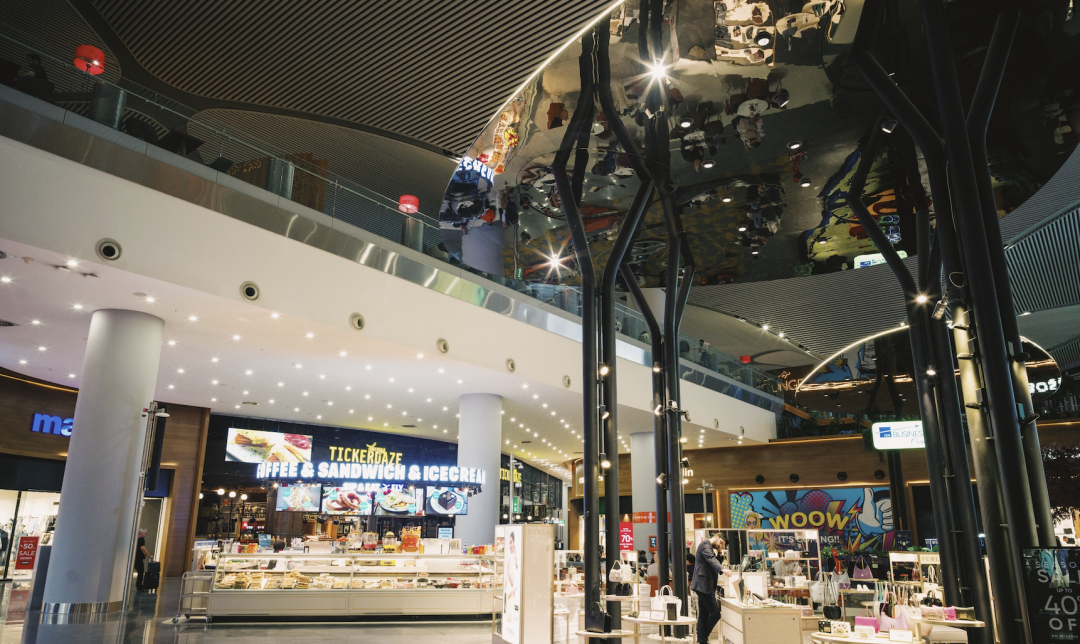

Let me help you travel smarter!

